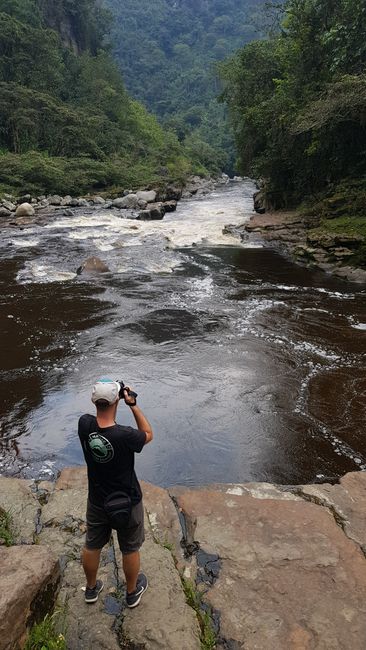Medellin - the most innovative city in Colombia
Publisearre: 09.03.2019
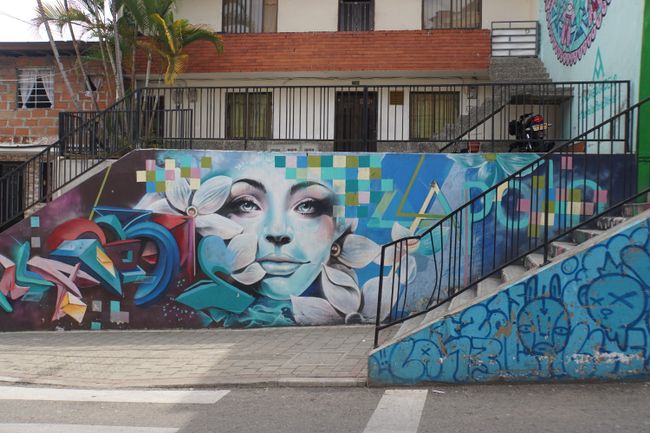
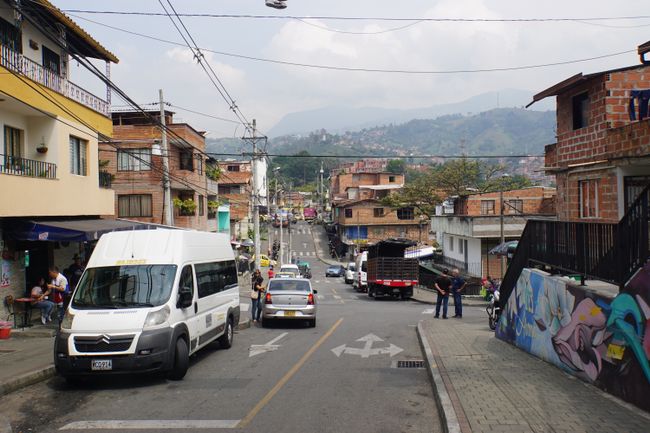
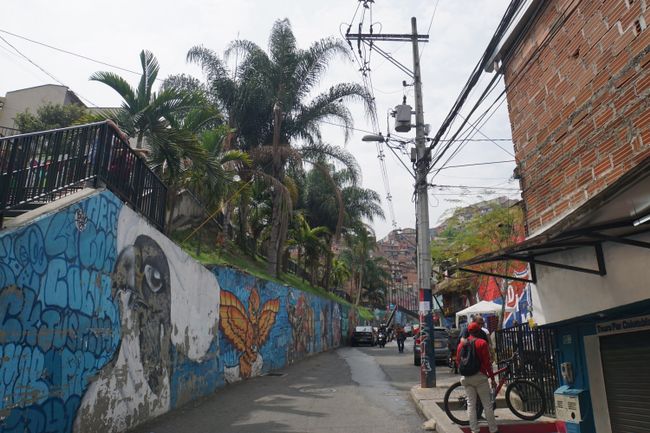
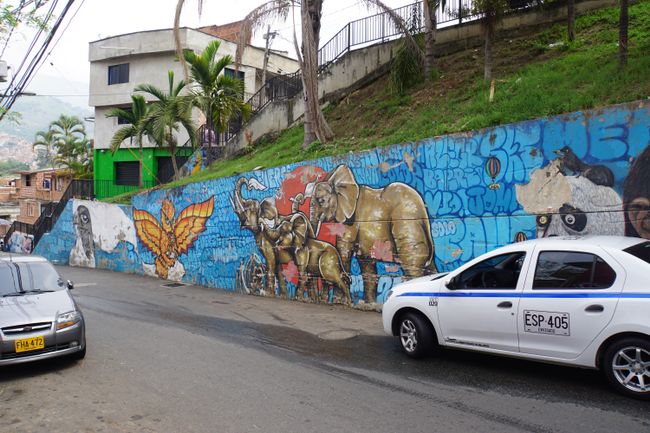
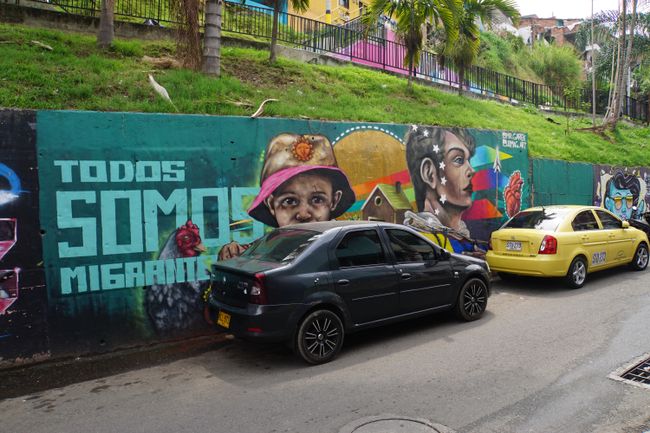
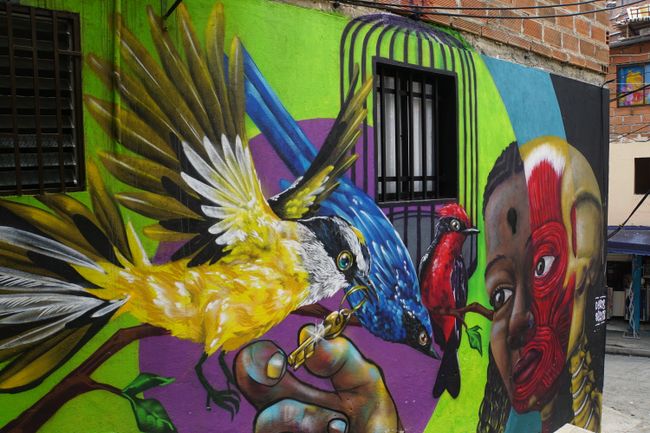
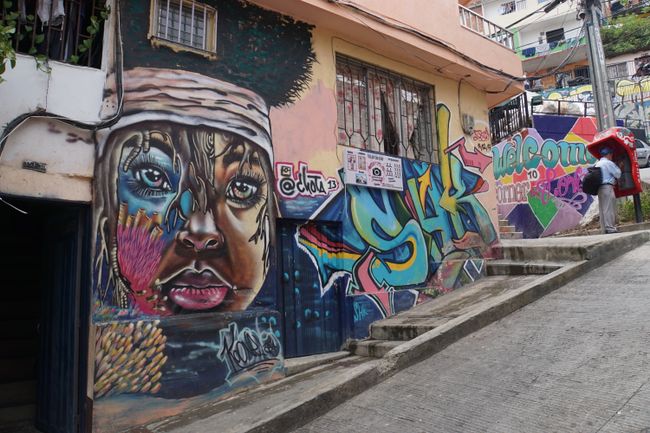
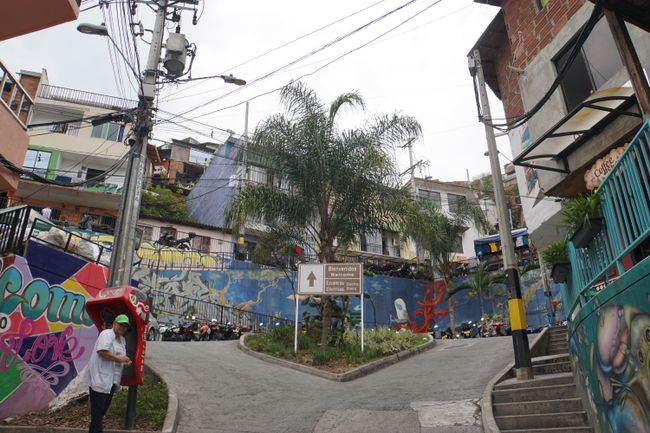
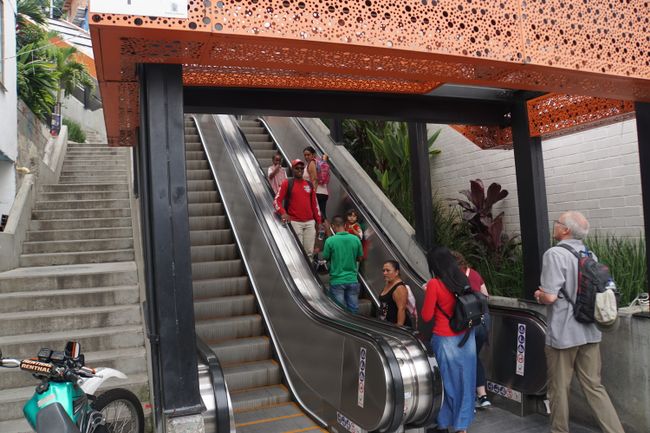
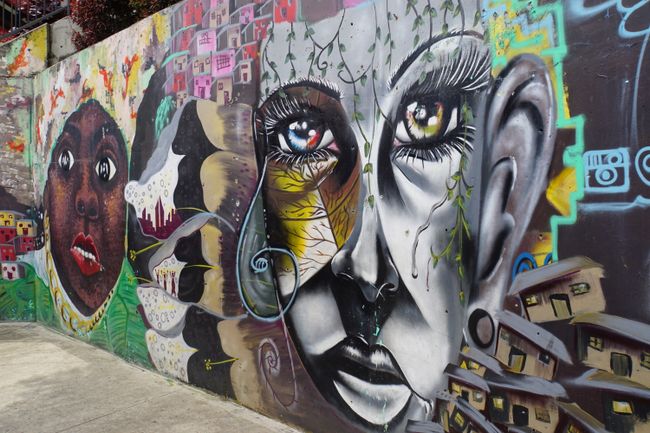
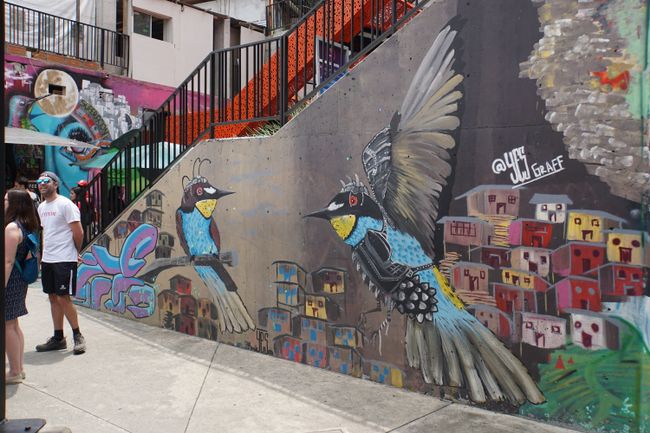
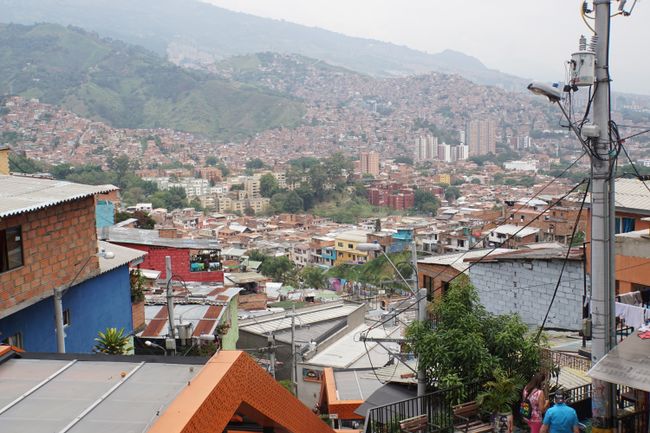
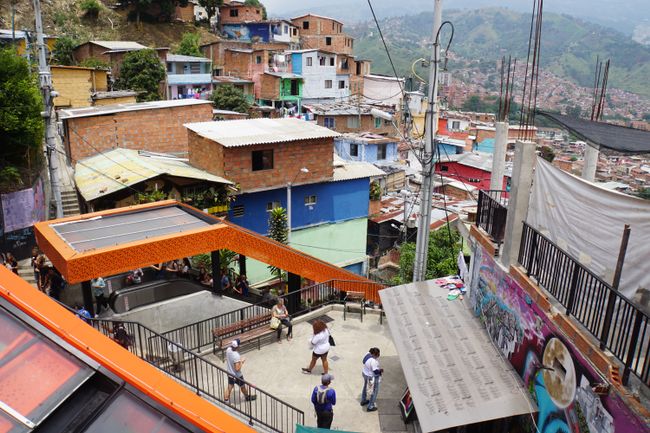
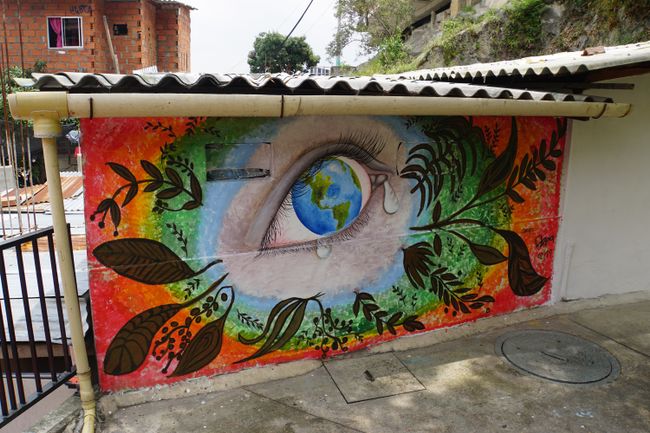
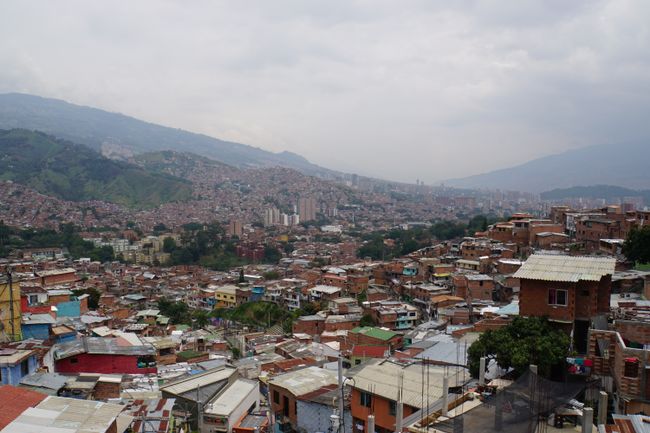
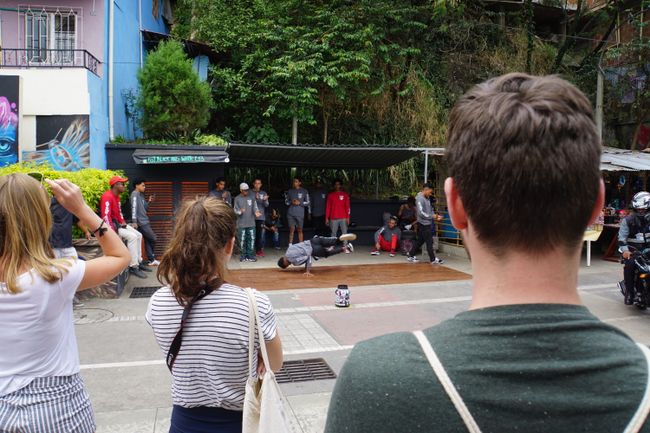
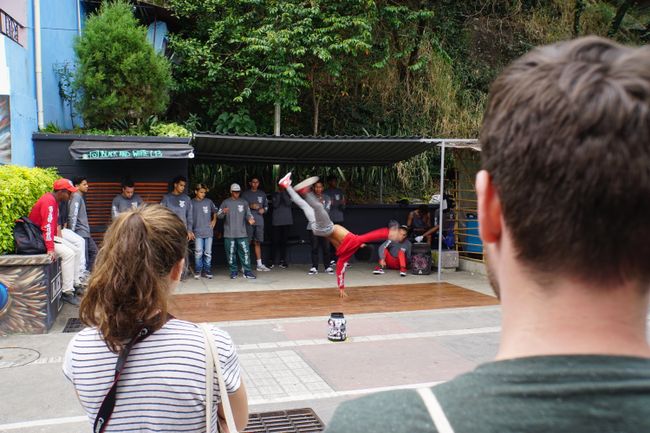
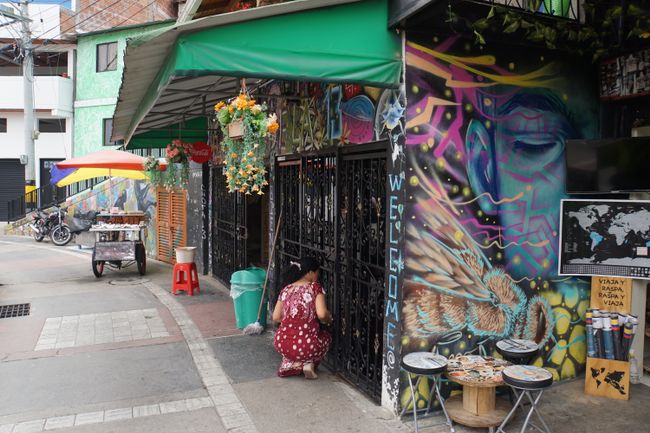
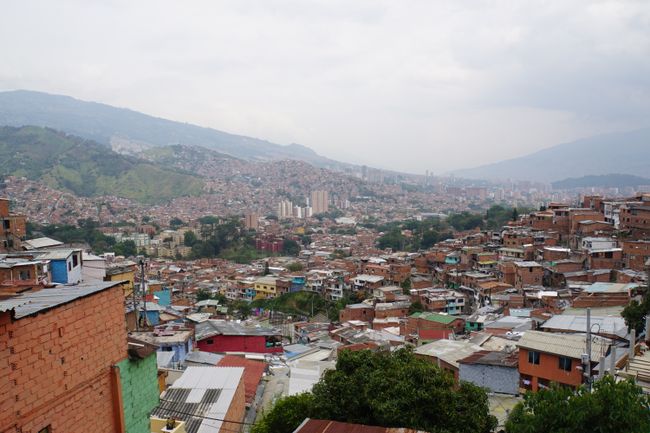
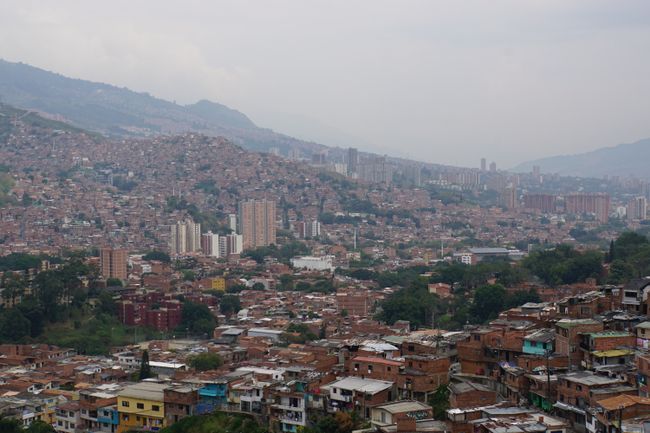
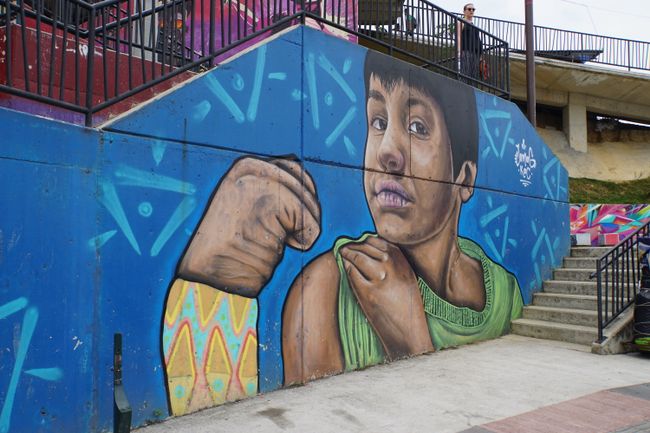
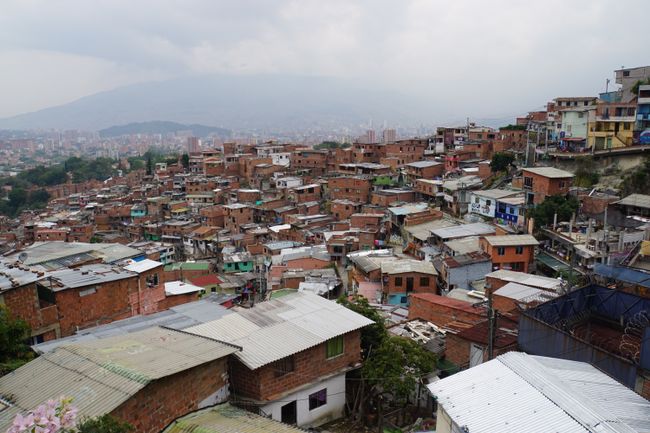
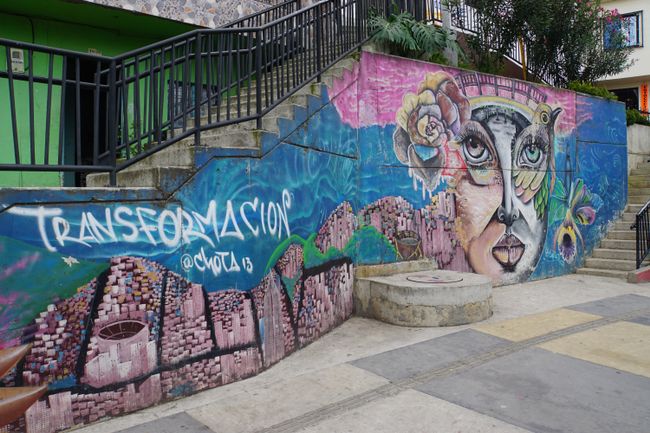
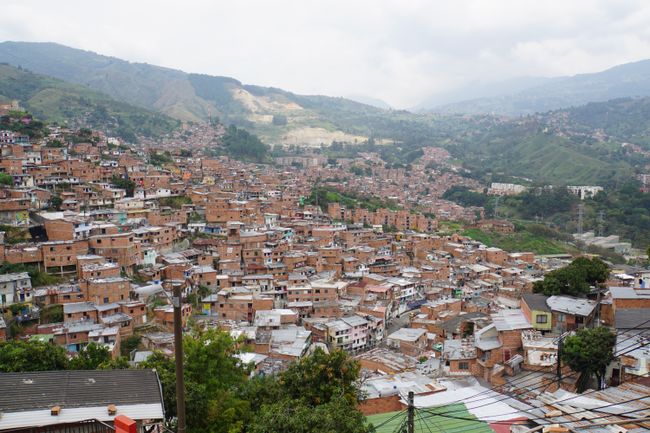
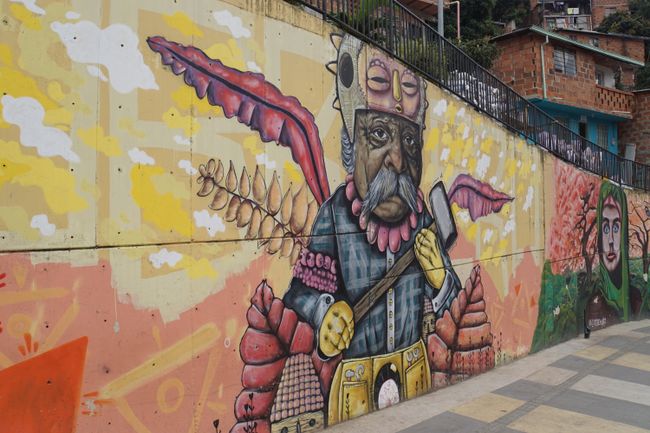
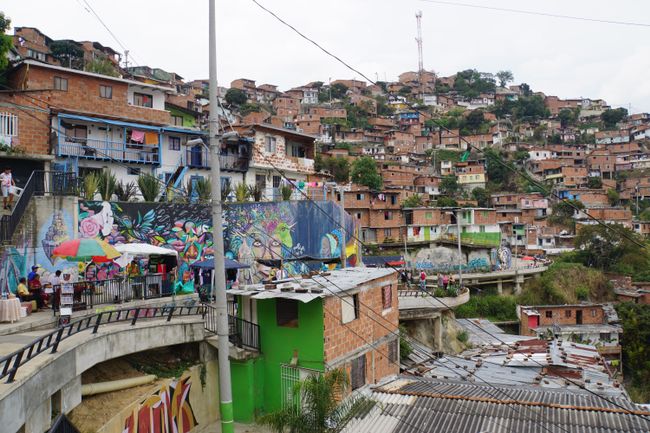
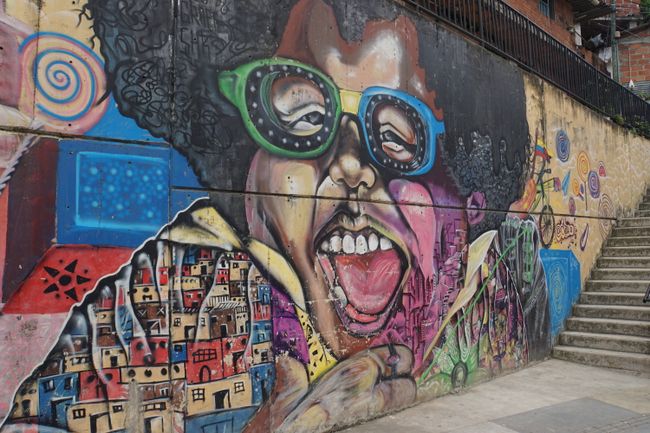
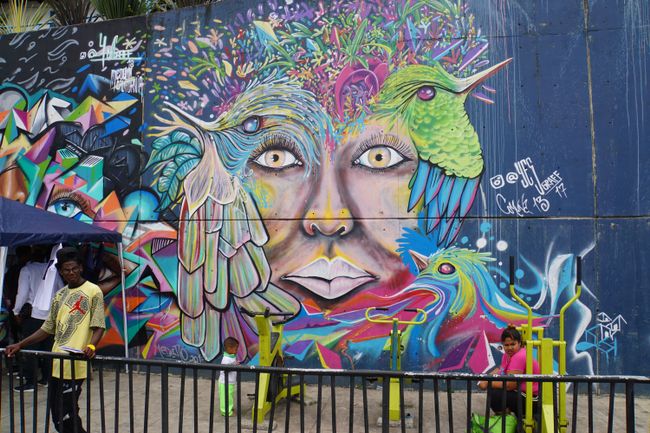
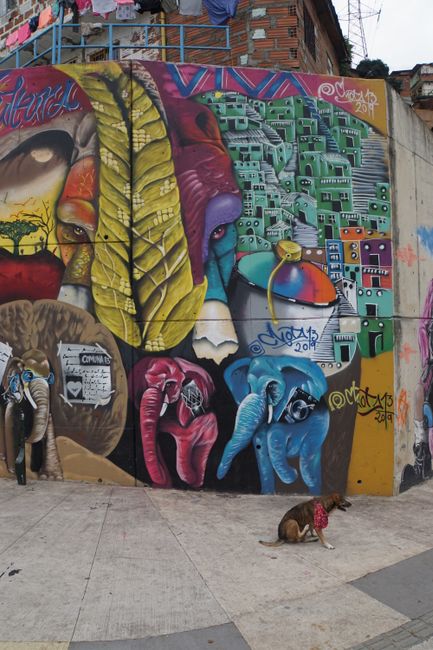
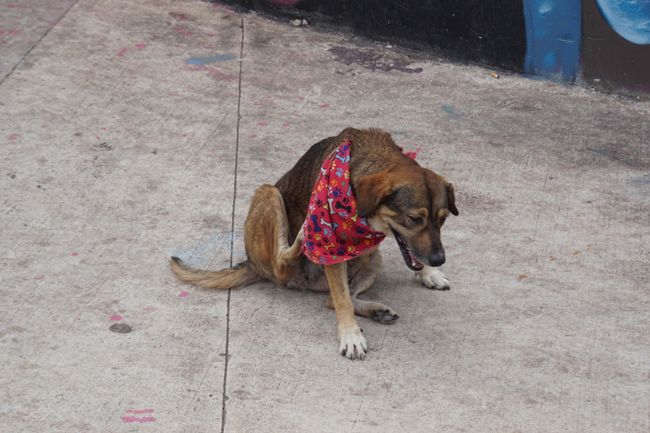
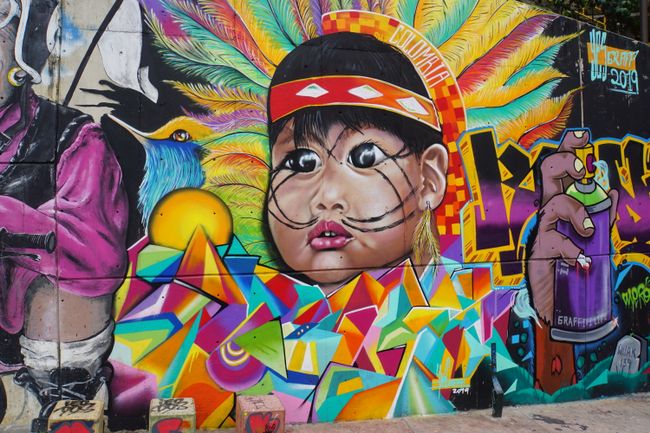
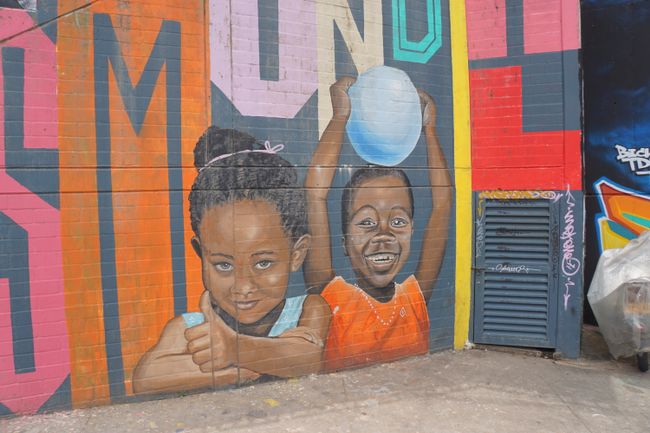
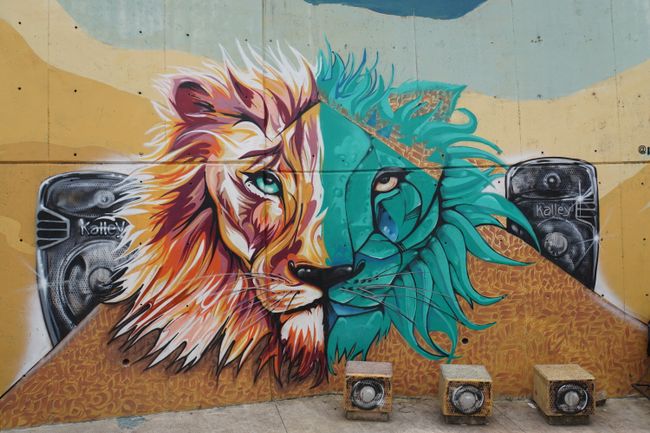
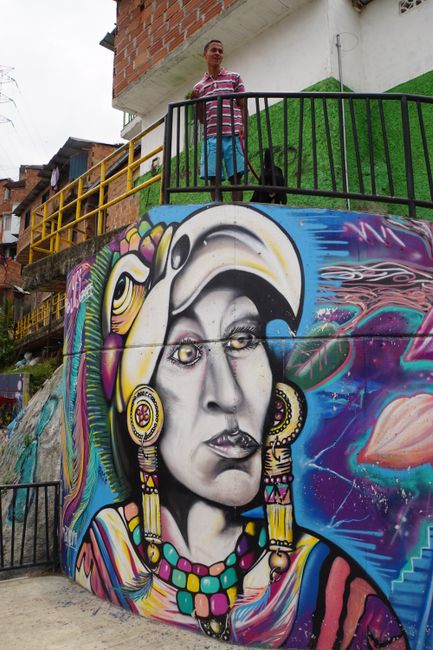
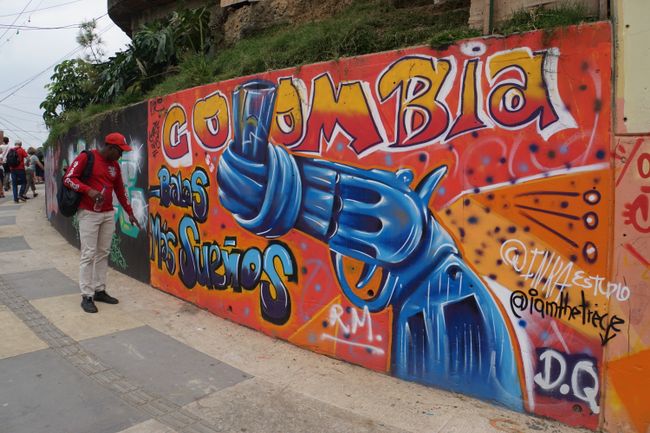
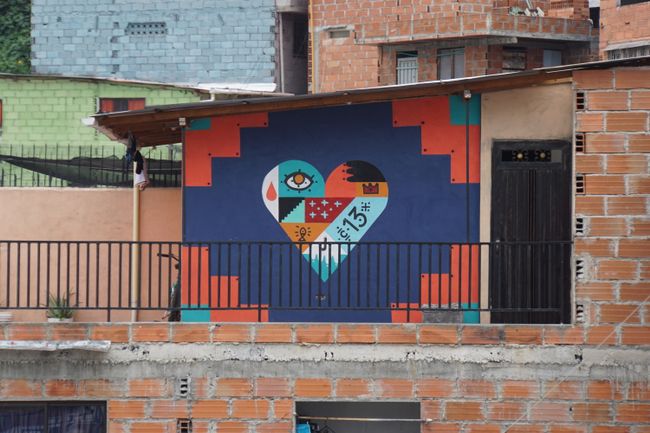
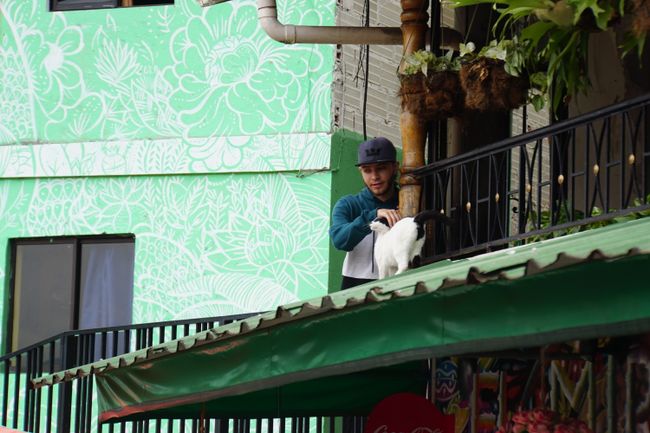
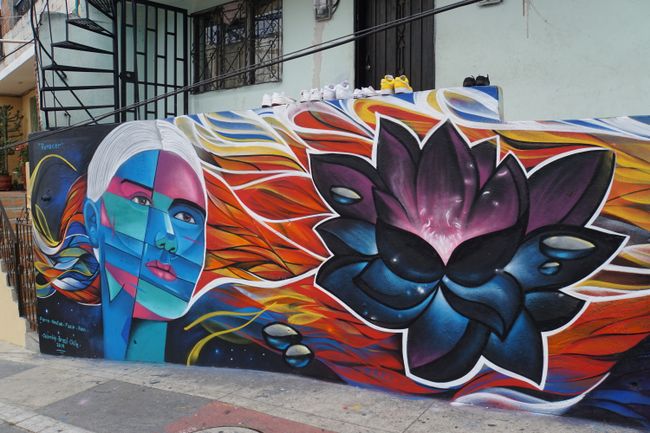
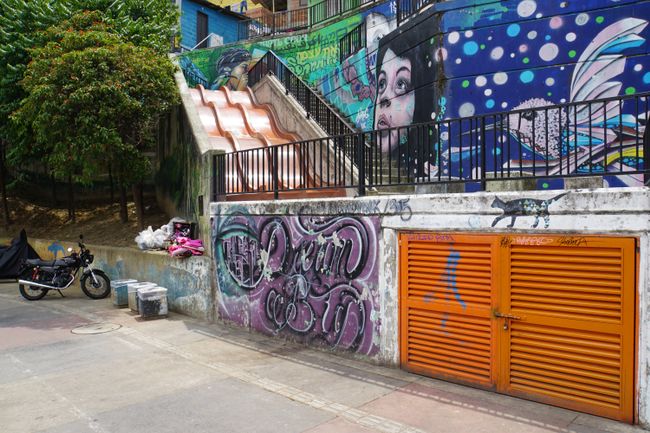
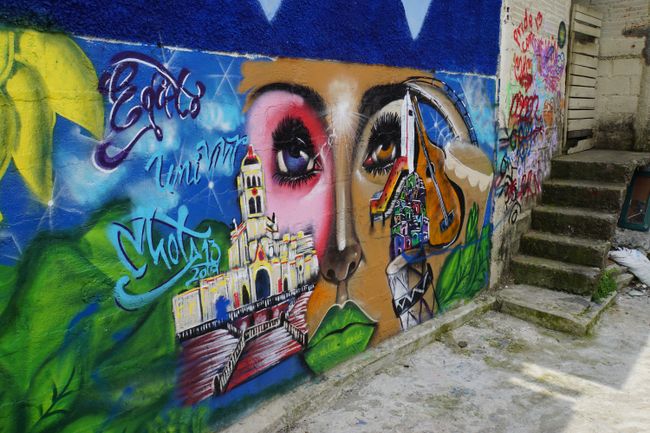
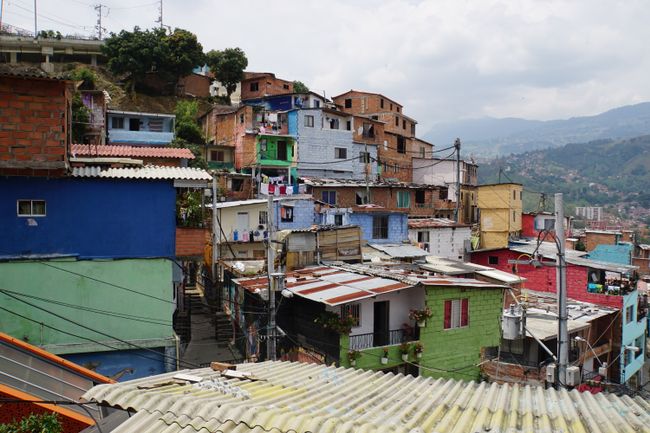
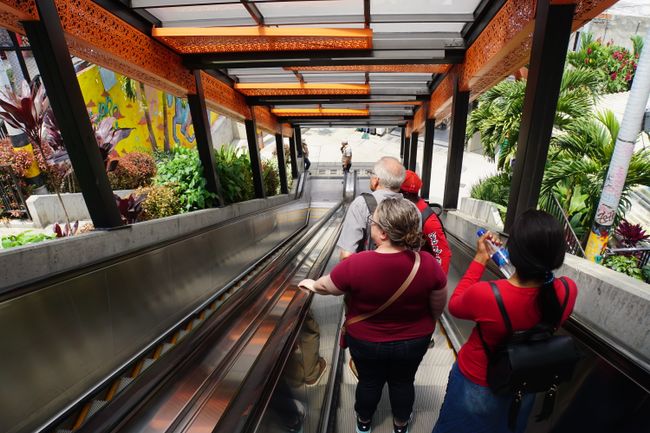
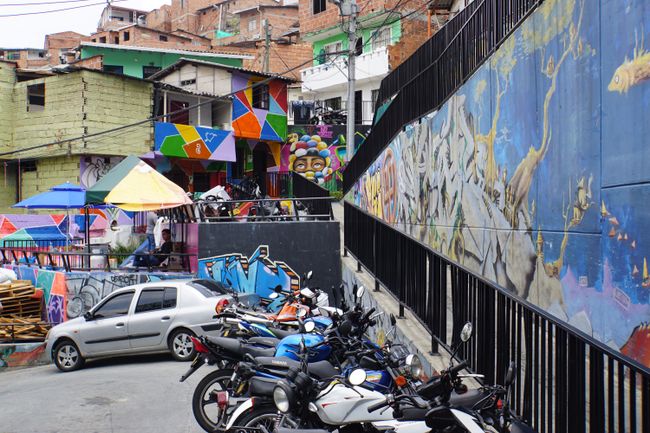
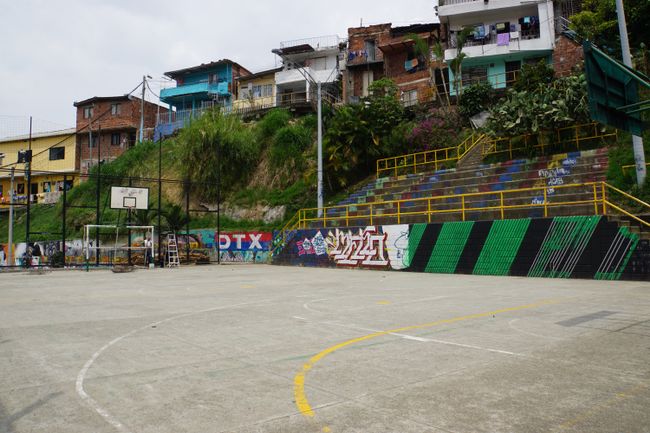
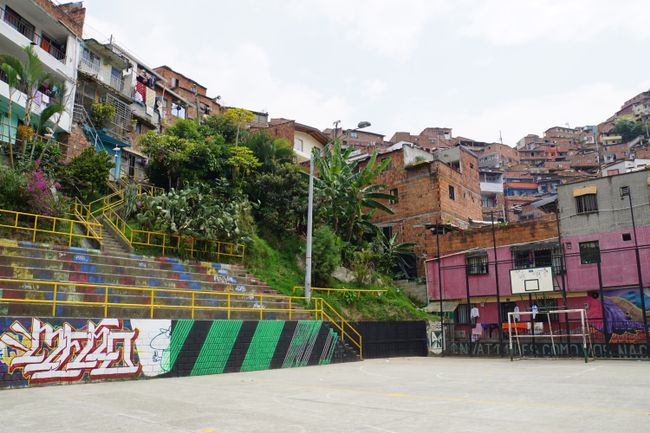
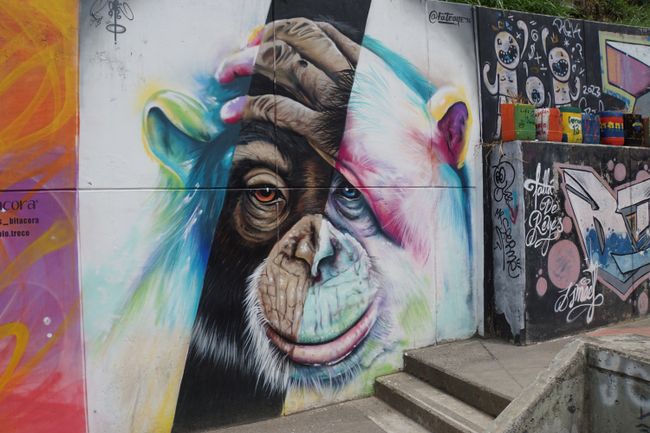
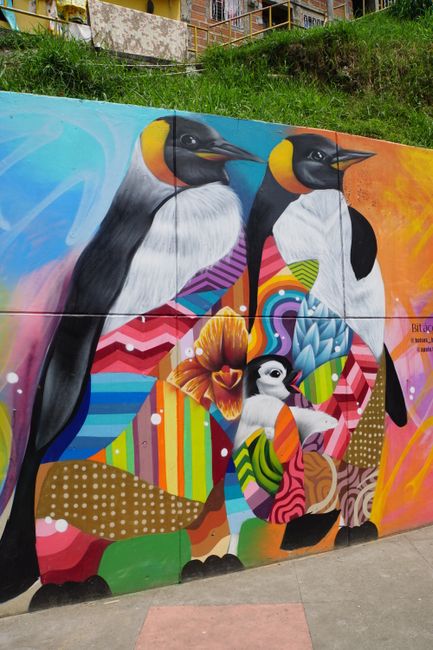
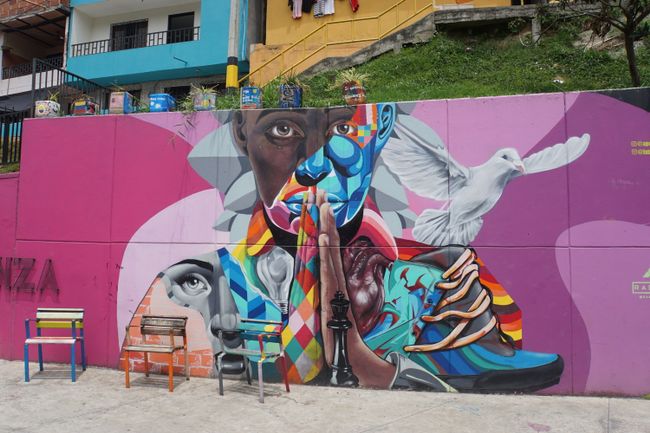
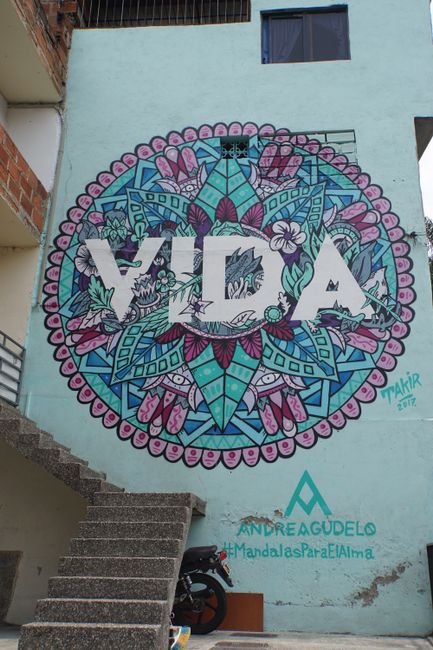
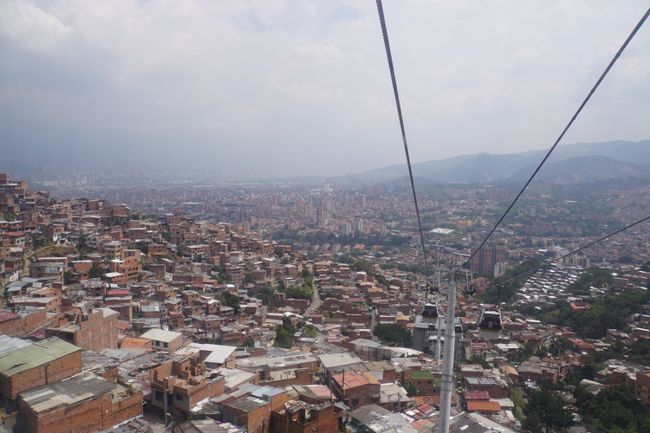
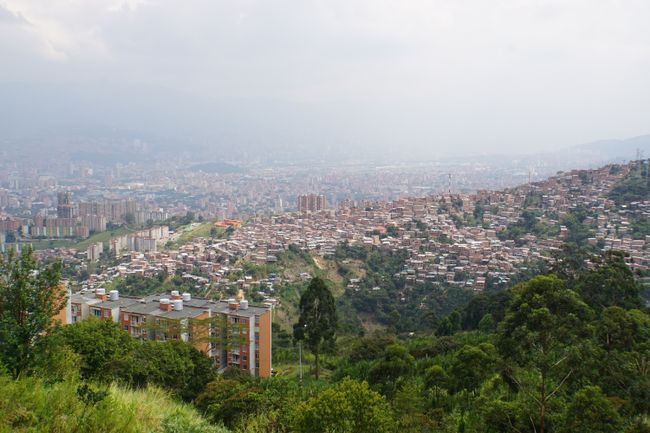
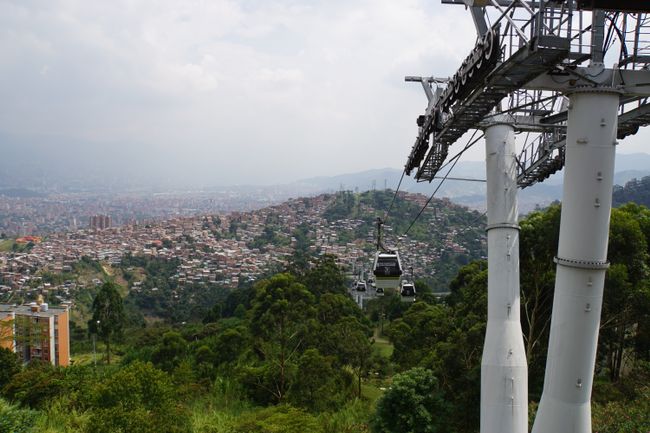
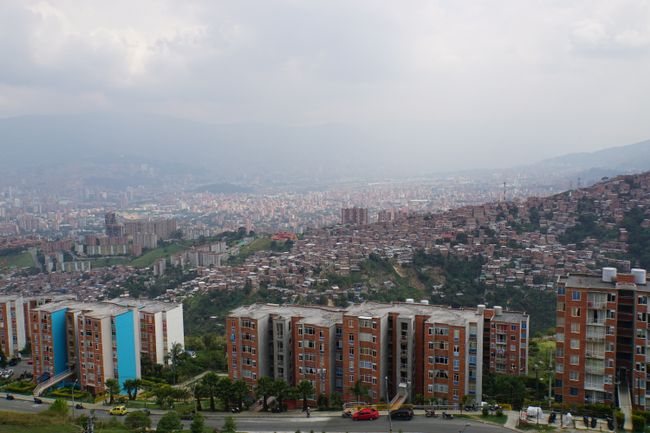
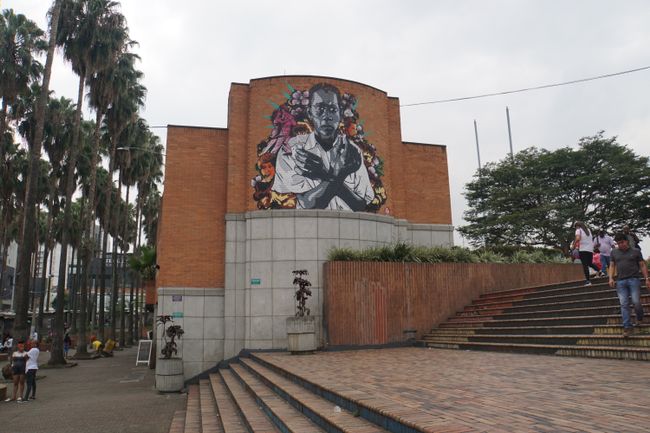
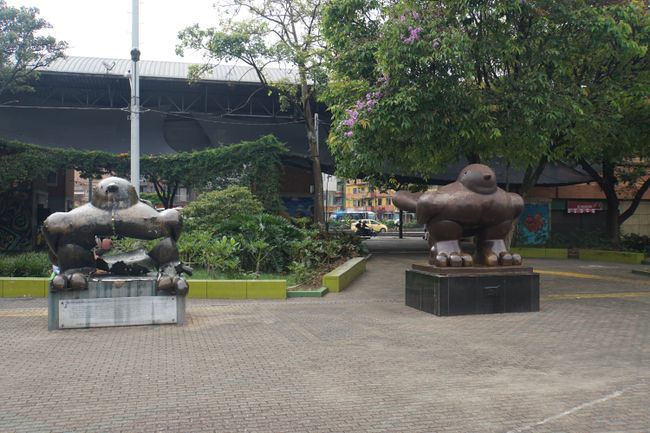
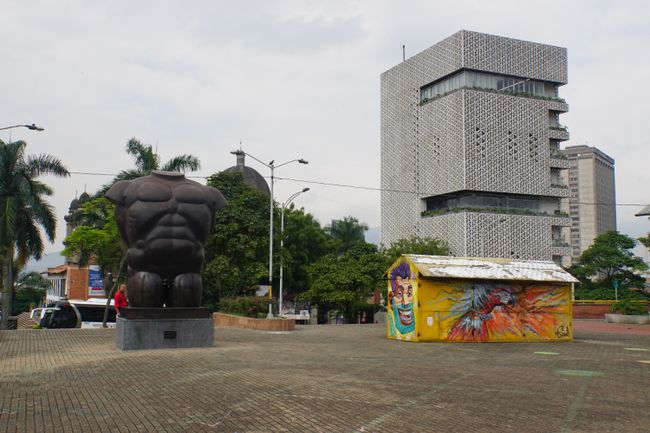
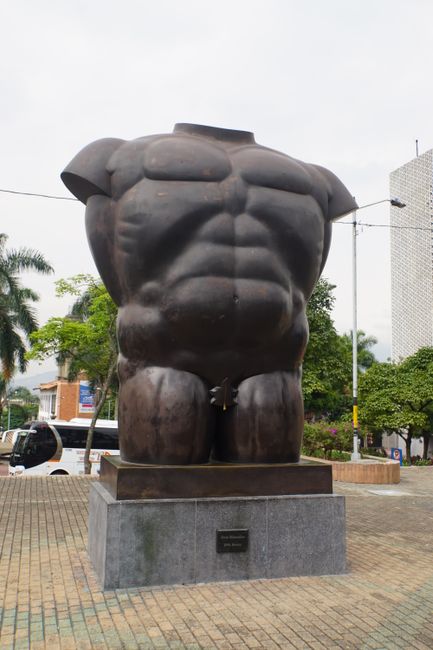
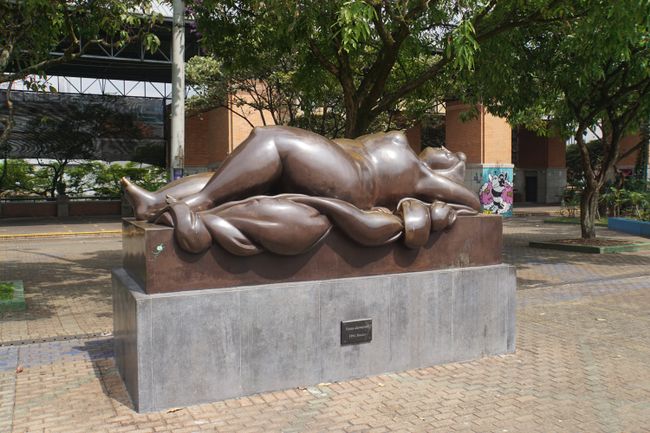
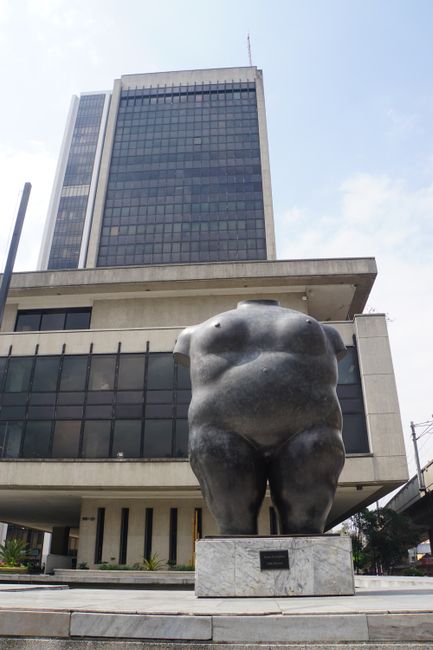
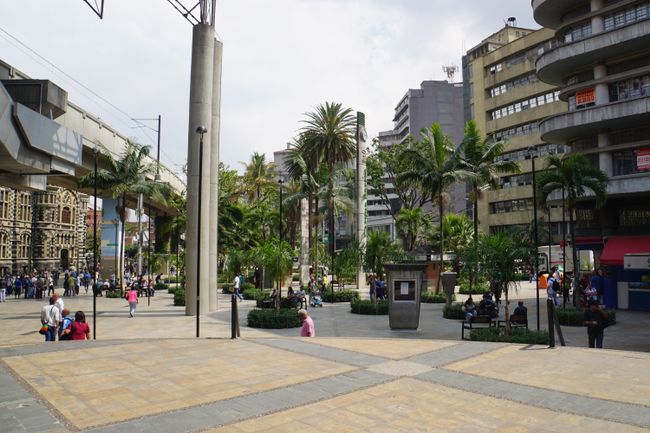
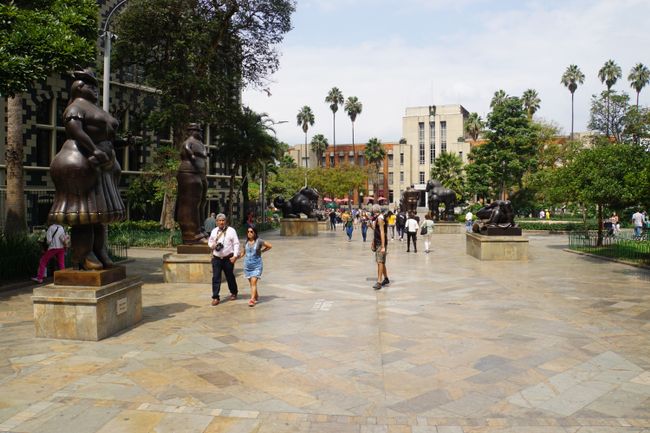
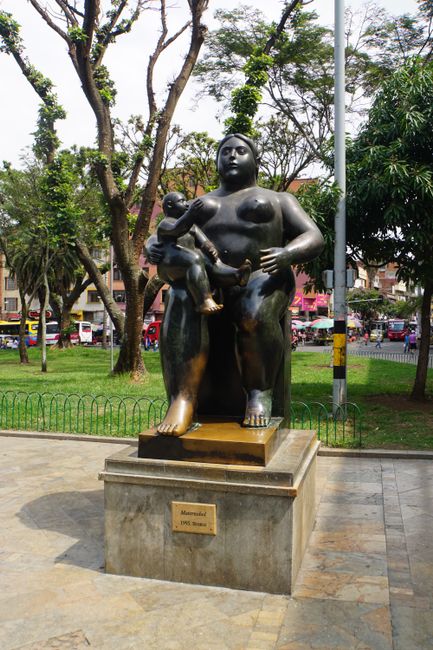
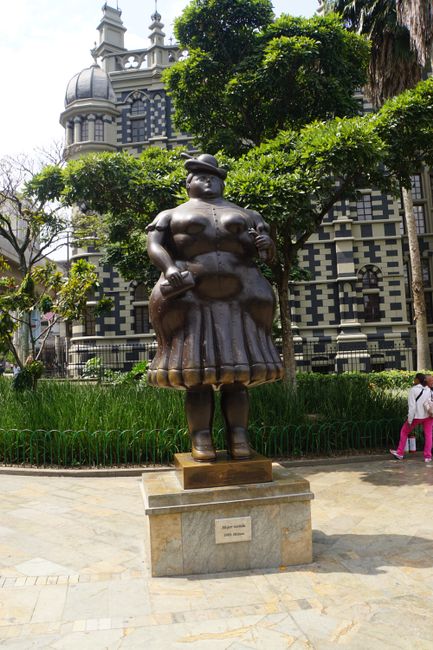
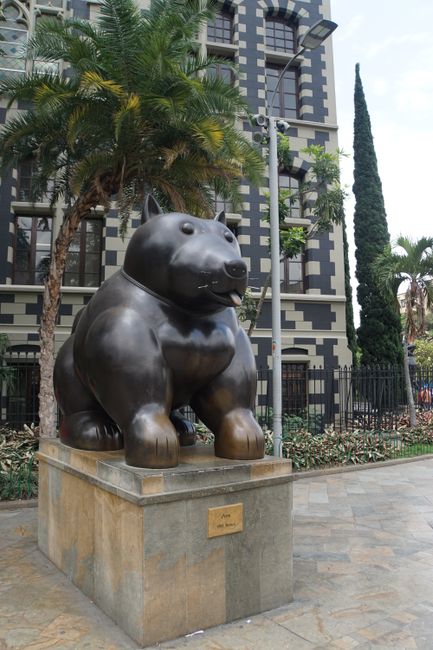
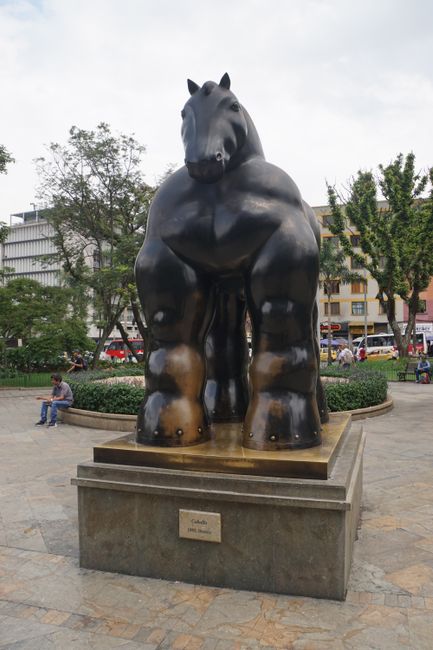
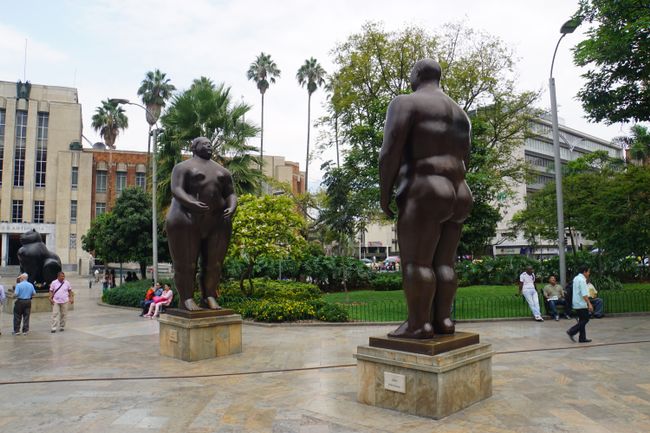
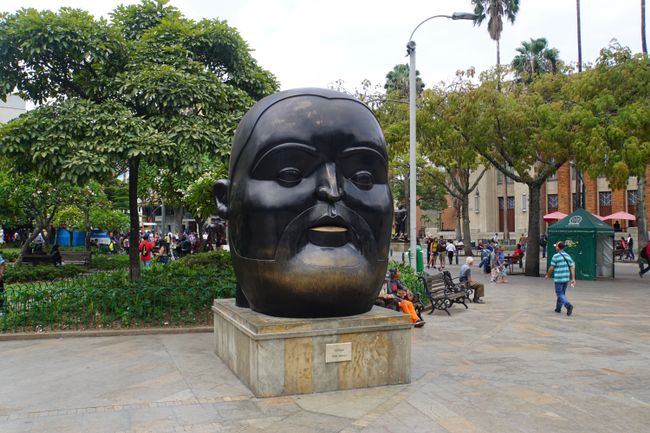
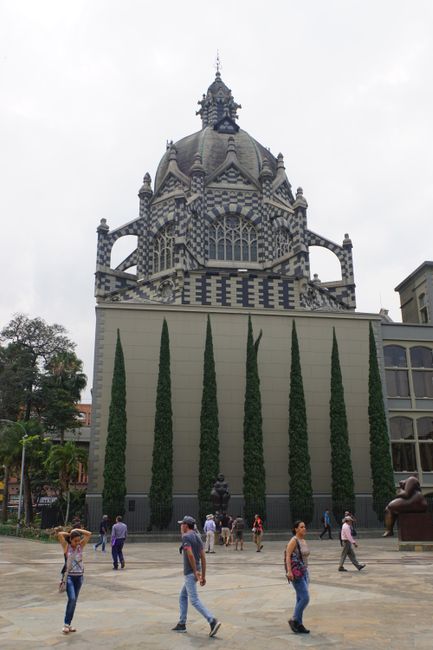
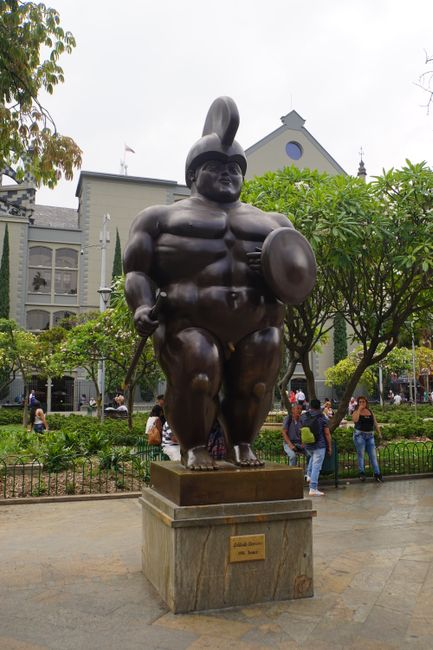
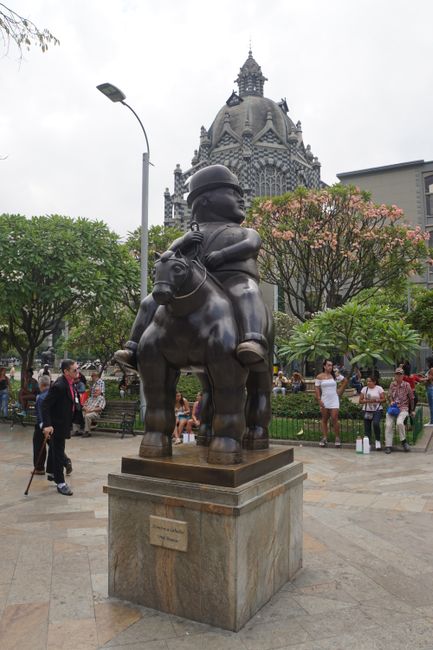
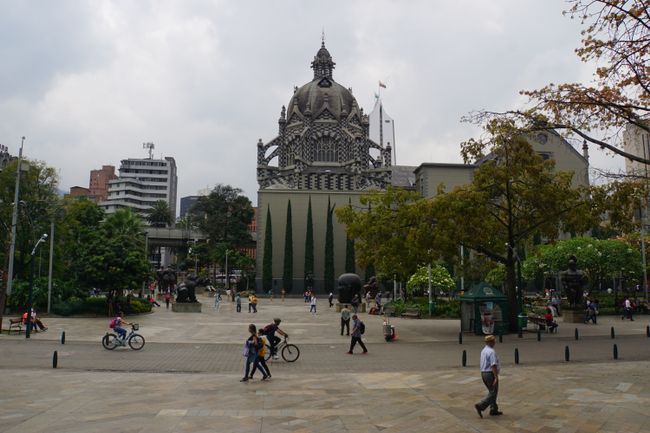
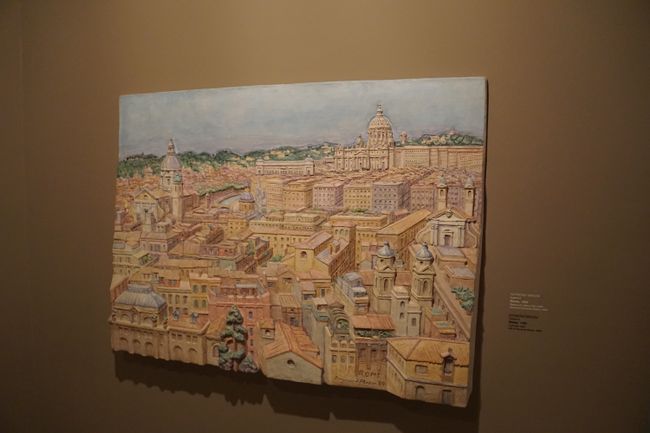
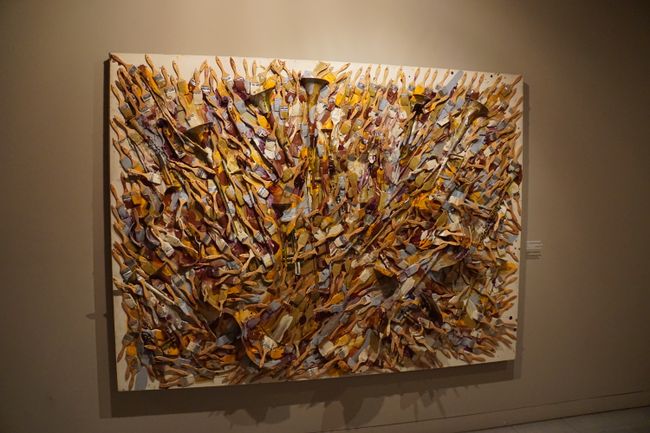
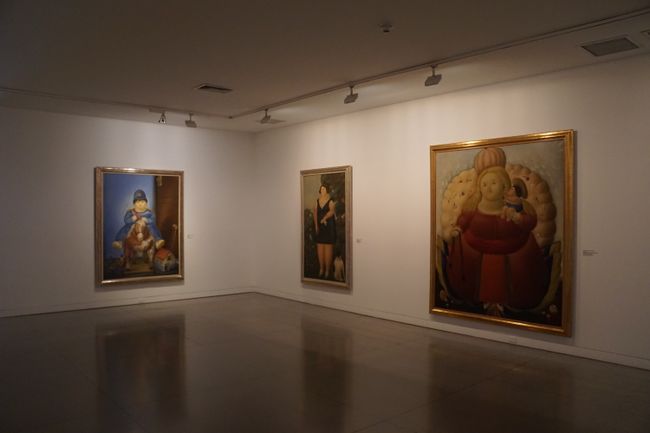
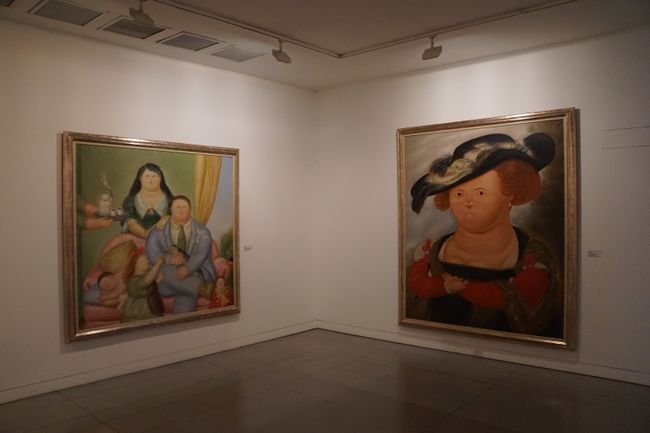
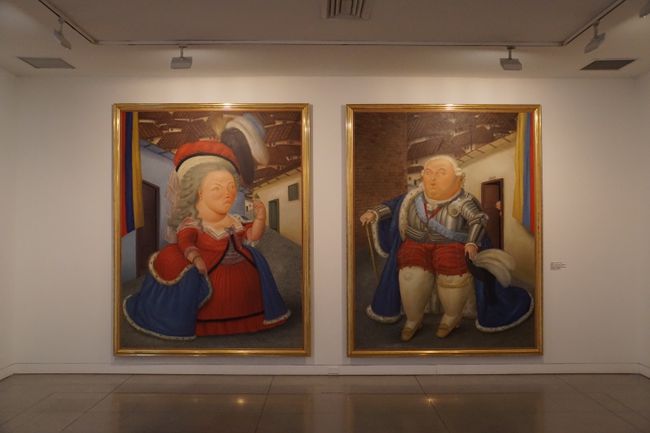
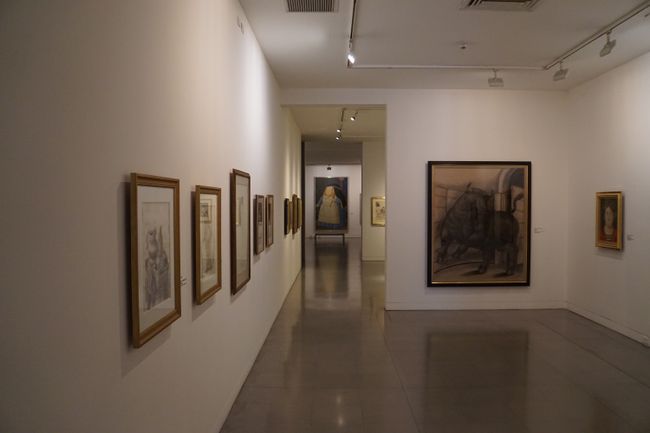
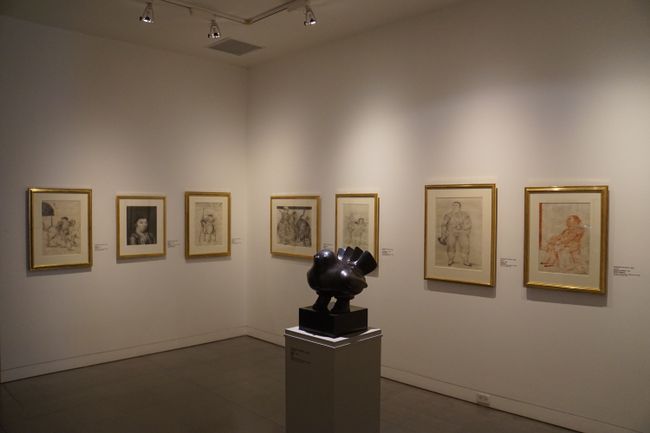
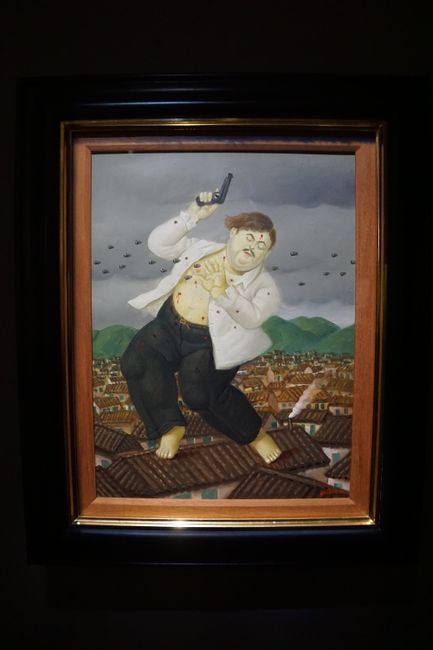
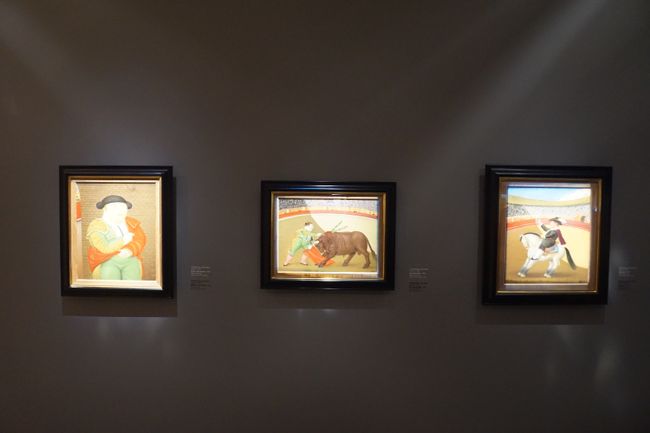
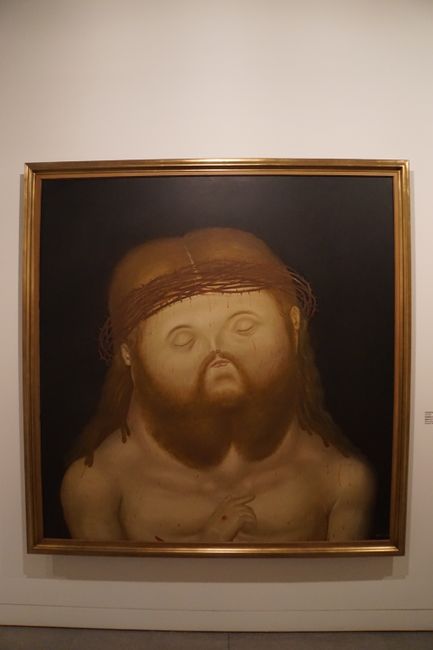
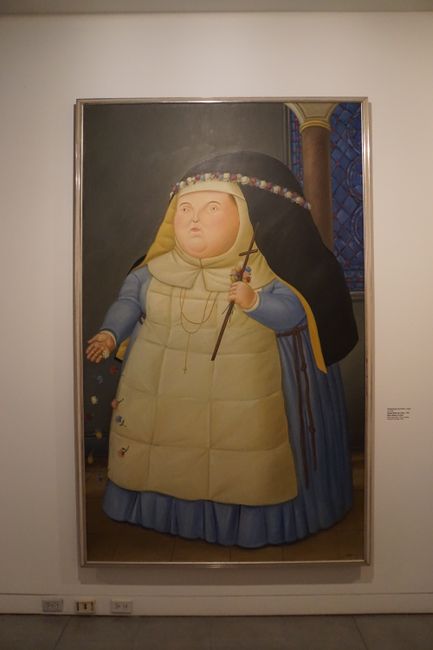
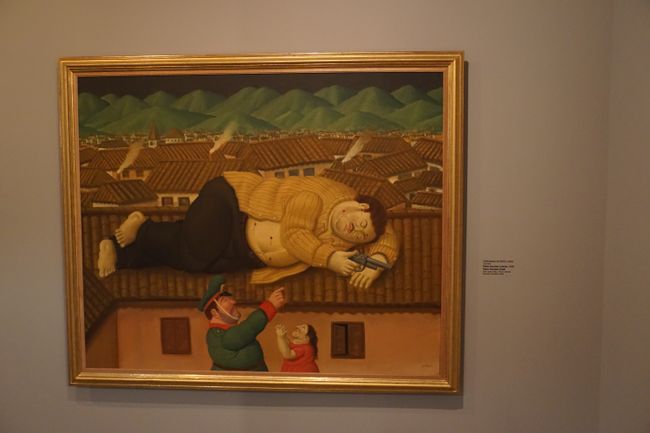
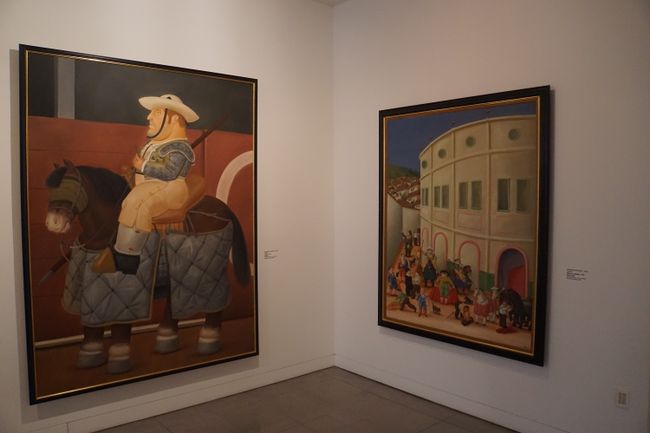
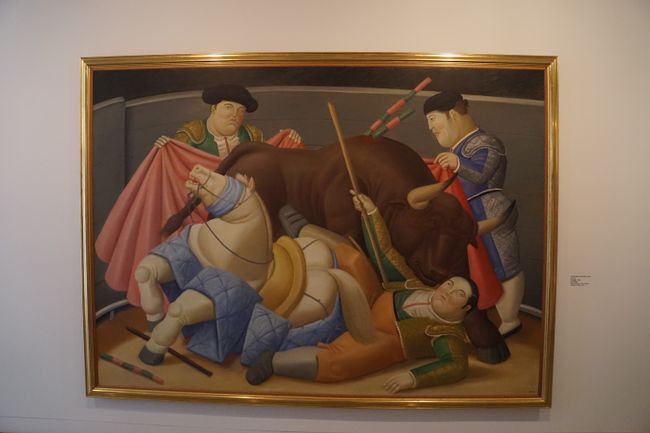
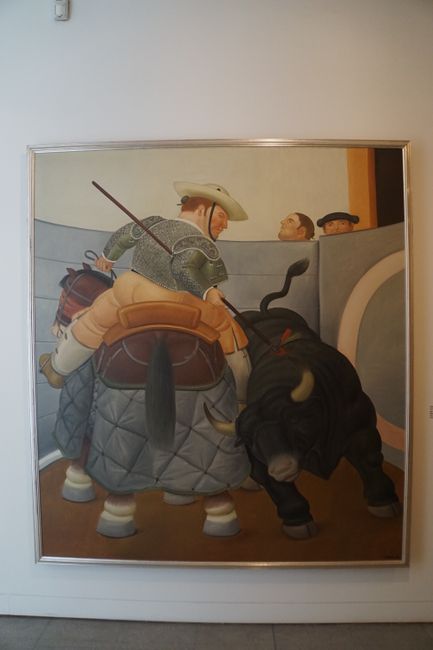
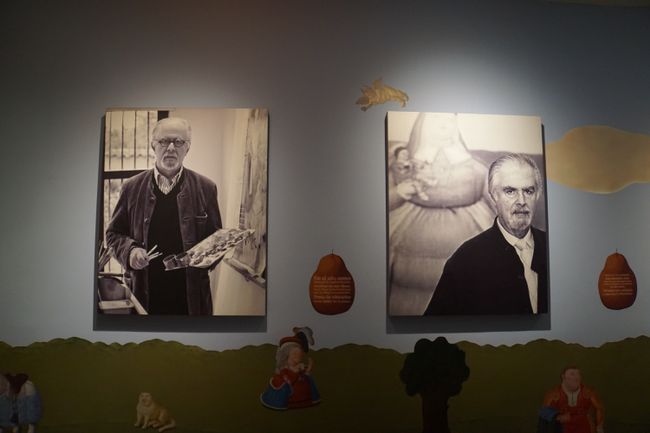
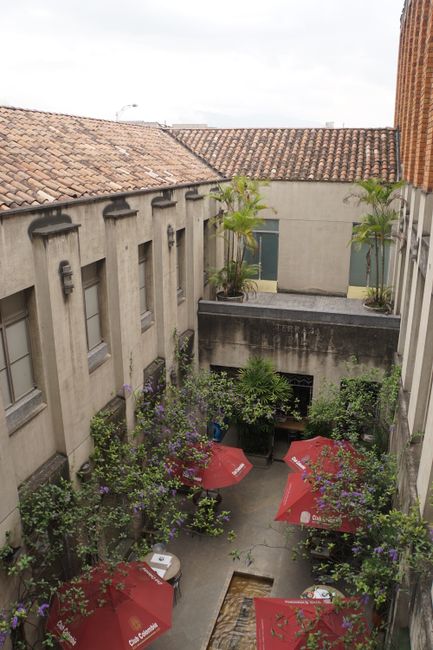
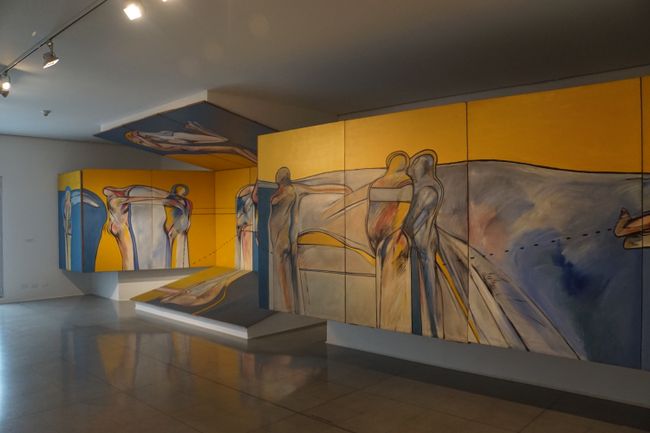
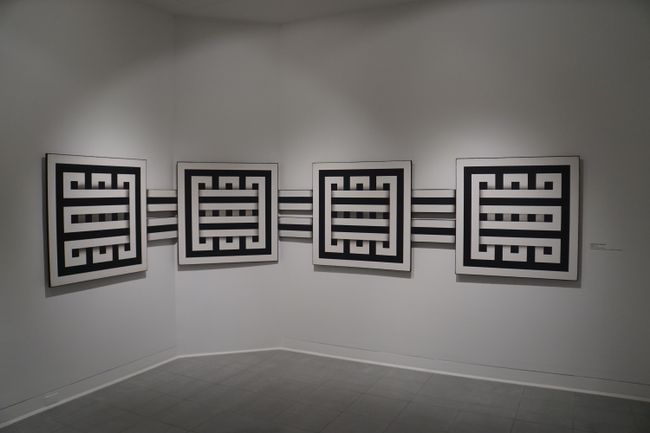
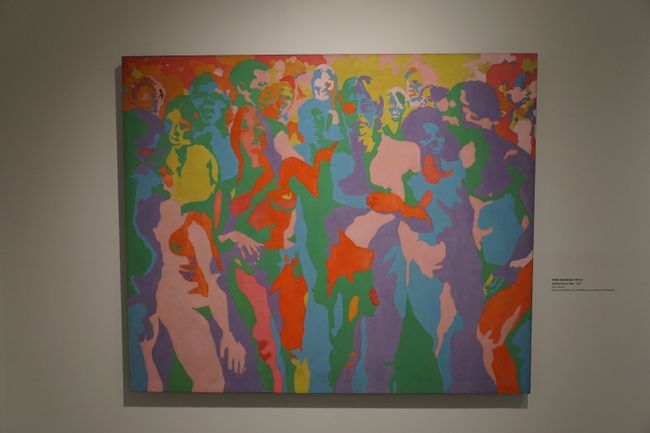
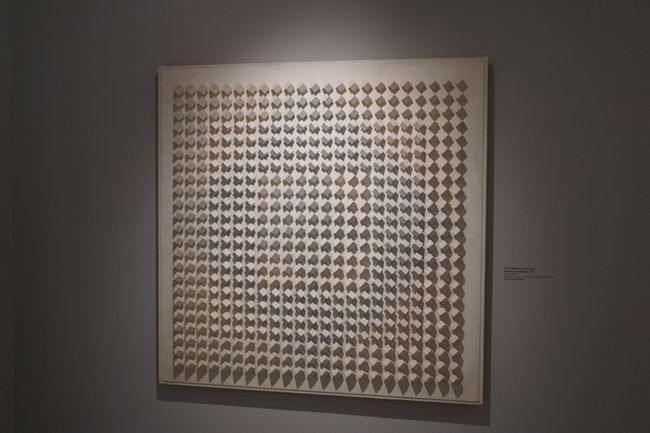
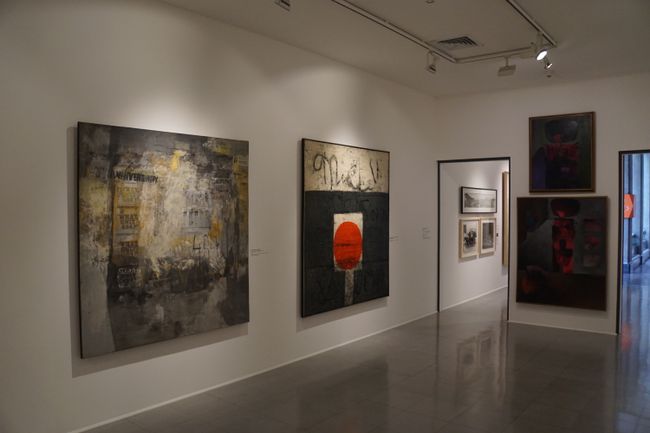
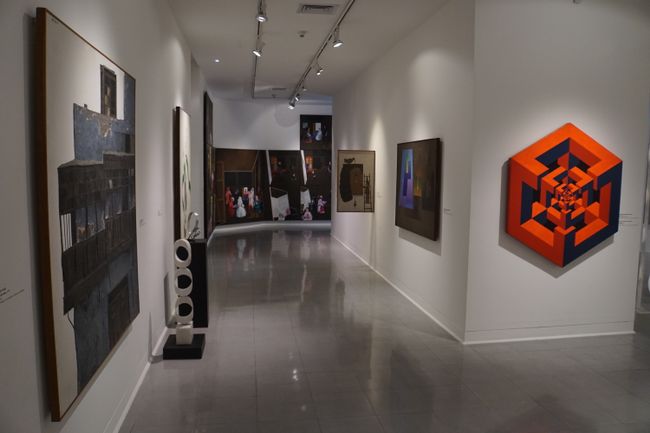
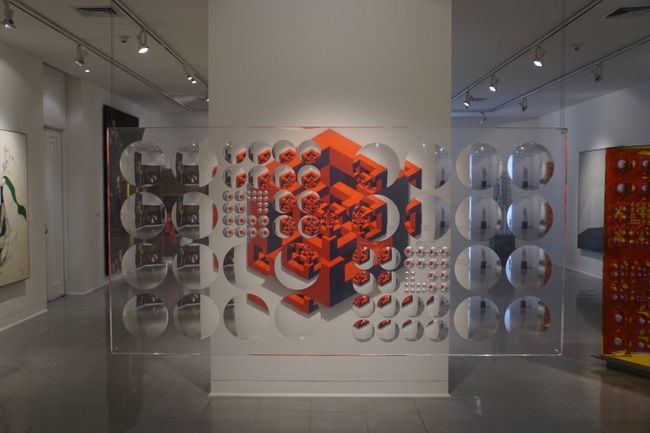
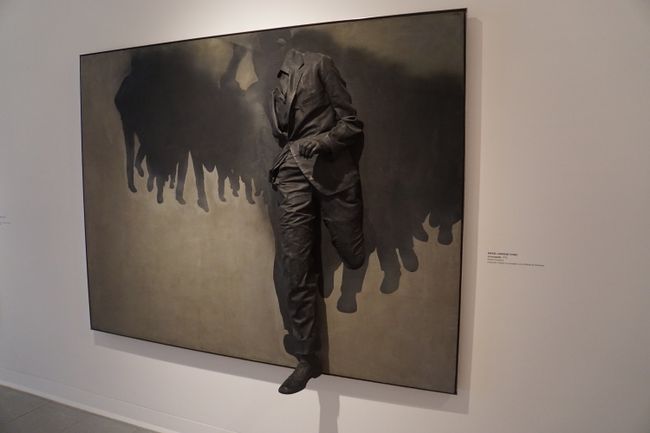
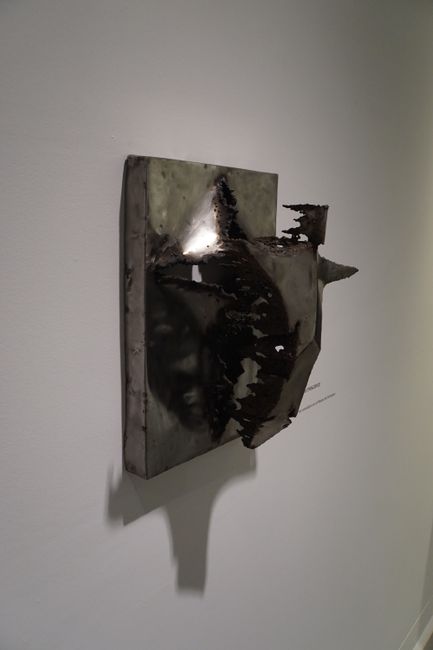
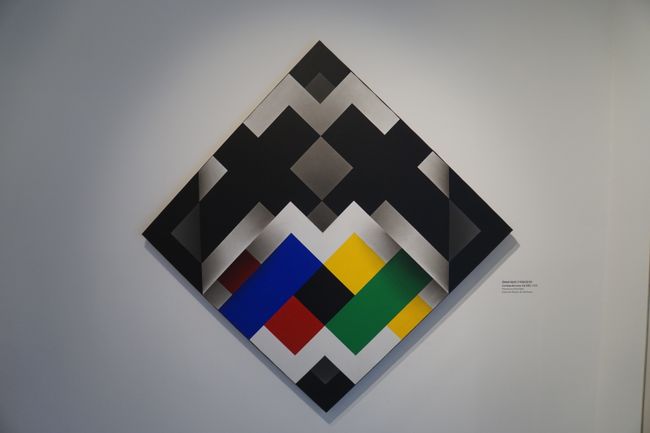
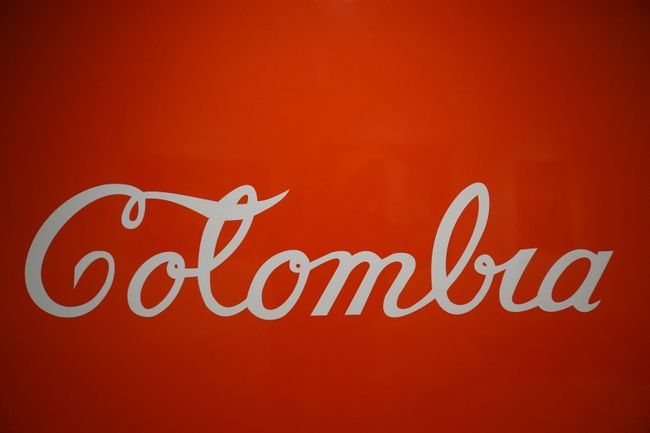
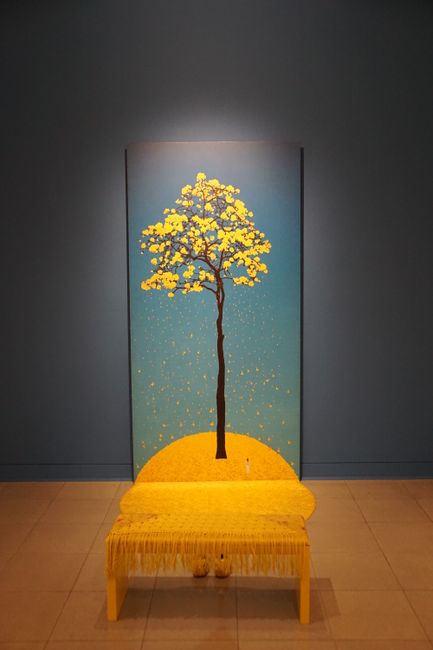
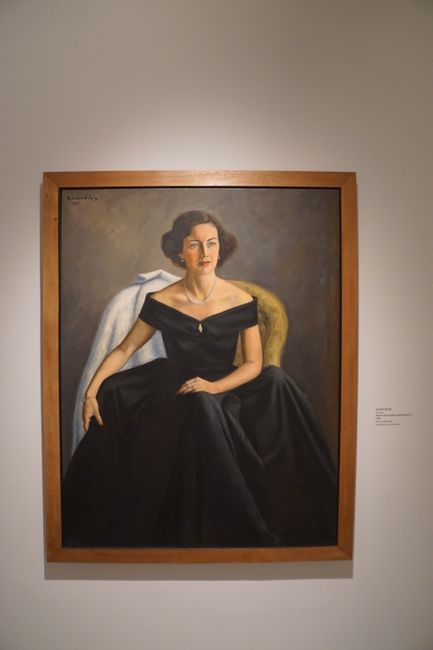
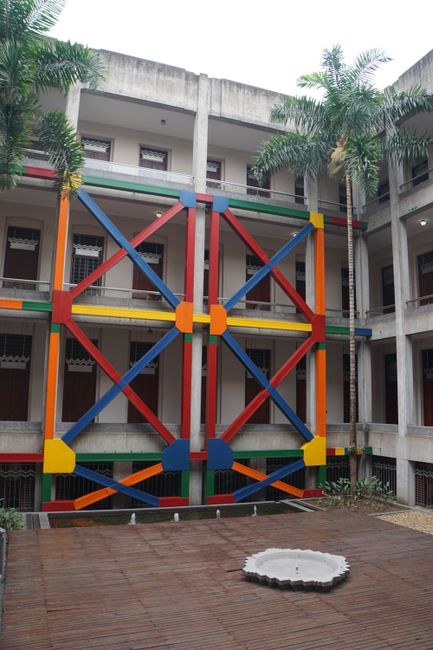
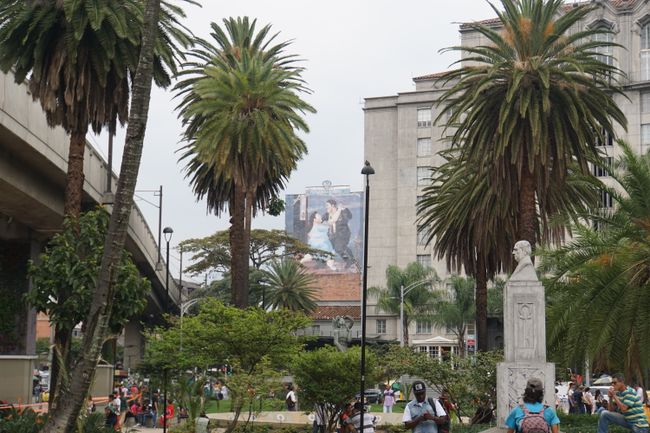
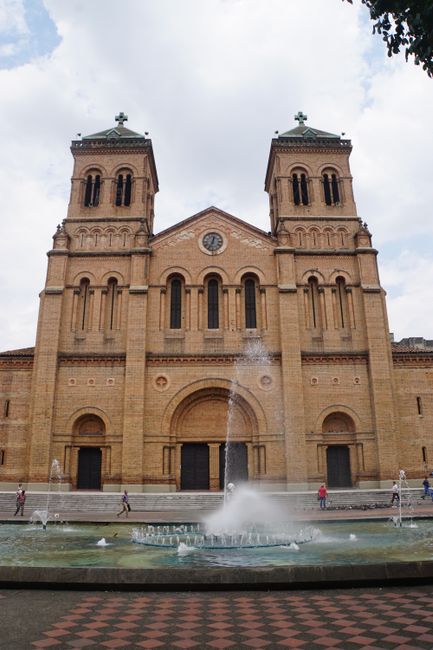
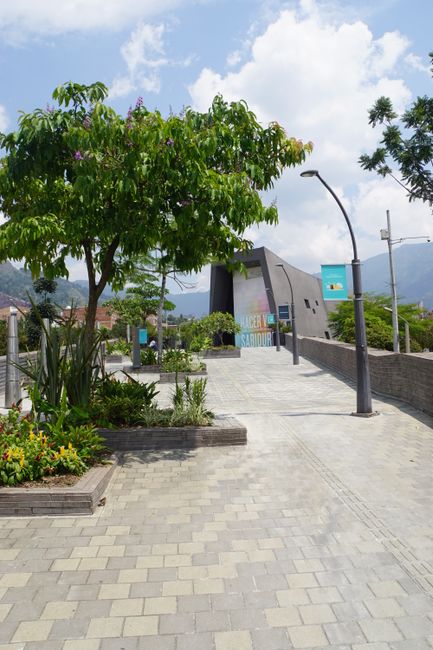
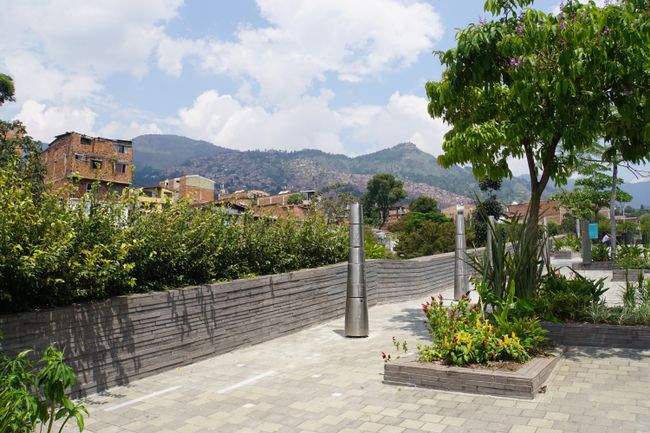
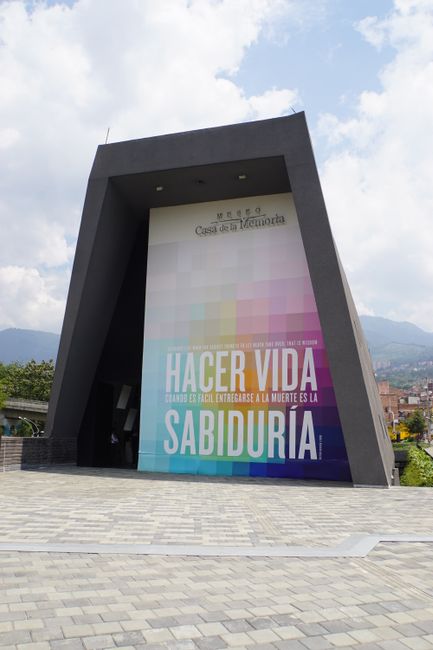
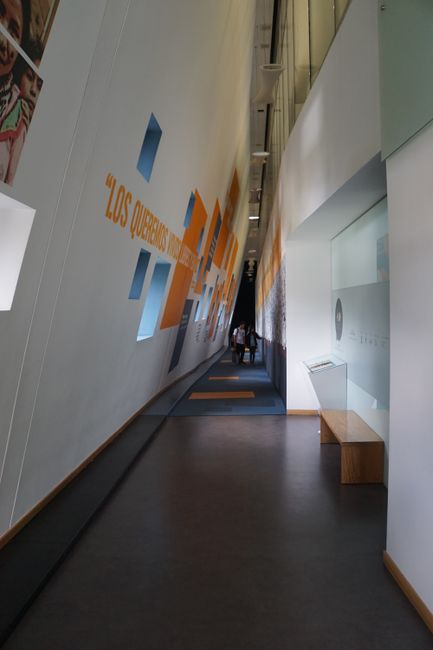
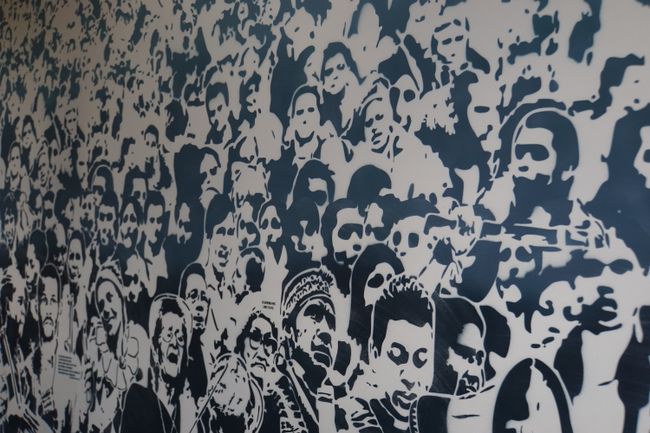
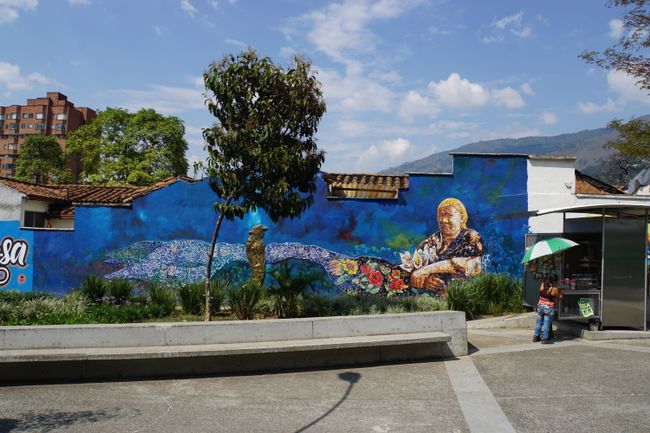
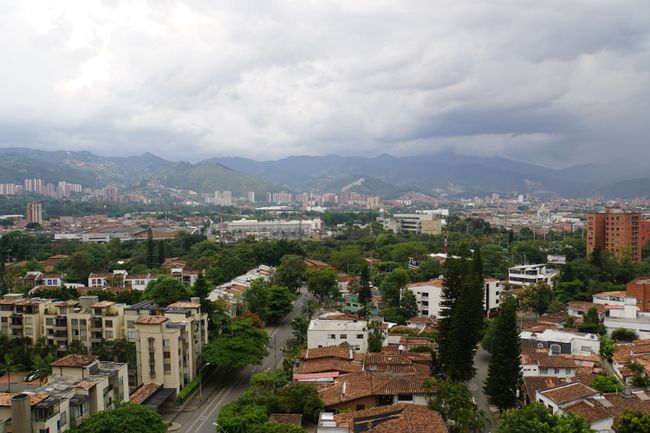
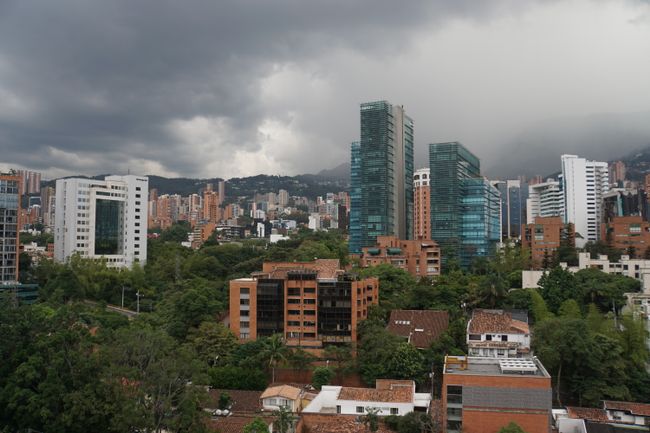
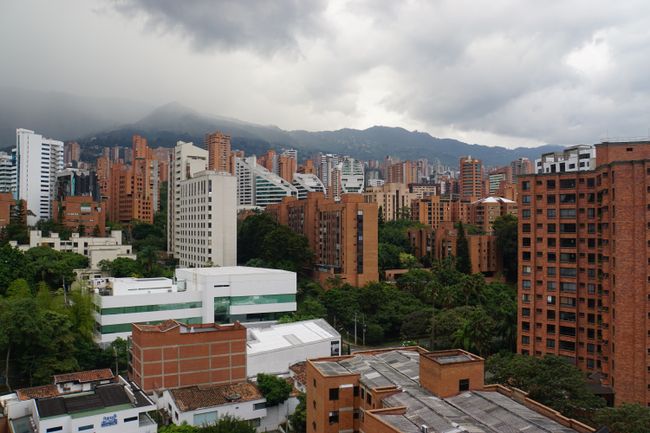
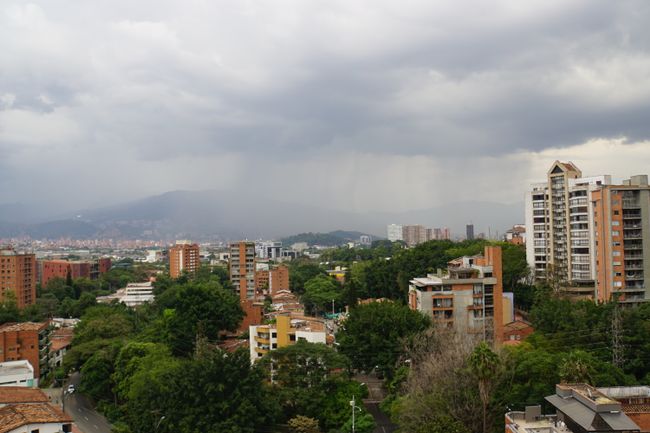
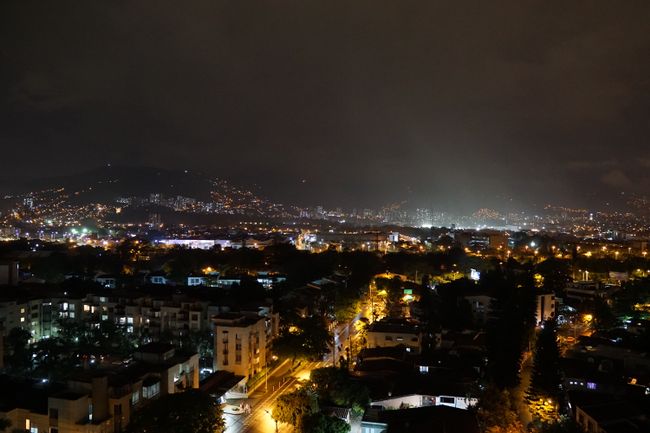
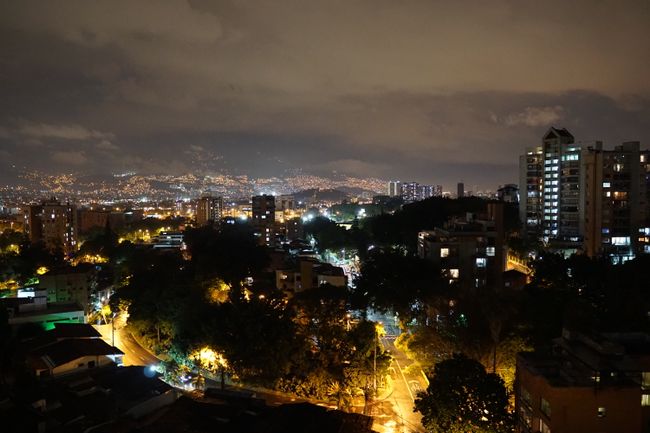
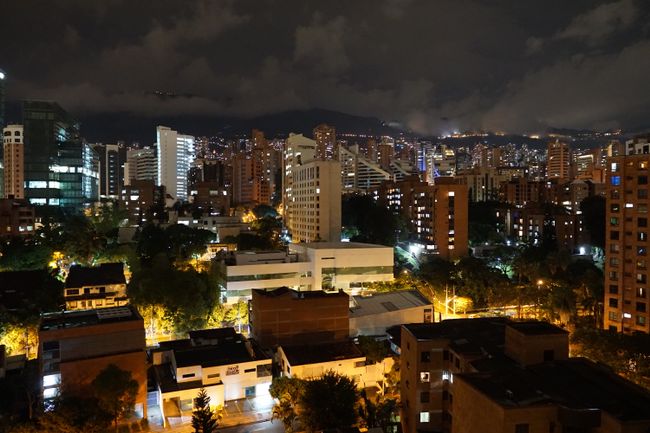
Ynskriuwe foar Nijsbrief
We flew from Pereira Airport to Medellin at noon. The excitement was great, but it was slightly dampened by the nausea caused by the landing. We were relieved to have solid ground under our feet again and immediately headed to the hotel.
Our hotel is small but nice and located in the Pablado district. It is a very affluent area characterized by business and tourism. To relax a bit, we went to the nearest café, Urbania, which would become our favorite café over the next 4 days.
On the first evening, we explored the surrounding streets, including the main street, Calle 10. This is where life is happening, with one restaurant after another and numerous street vendors offering various tourist traps. Medellin is completely different from the other cities in Colombia. It has a very modern public transportation system with buses and trams, and the city feels very clean and hip.
Comuna 13
For our first full day, we arranged to meet a resident of Medellin through Facebook and WhatsApp who offers free walking tours of the Comuna 13 neighborhood to show visitors his home and culture, and to show how Medellin has transformed from once being the most dangerous city in the world to one of the safest.
The formerly most dangerous neighborhood in the most dangerous city in the world has become a tourist highlight of Medellin since the end of the reign of the Narcos and the drug trade. In the past, this neighborhood was a battleground between different left and right guerrilla groups, the army, and drug dealers. After the neighborhood was pacified through a four-day operation by the army, during which many lives were lost, it slowly started to develop in a positive way. Several outdoor escalators (similar to those in Hong Kong) were built to better connect the steep and hilly neighborhood. The escalators quickly and safely, and most importantly, free of charge, transport people up and down. This gave people the opportunity to reach the city center more easily, transport goods, and move around more freely.
With the escalators came the colors: Graffiti artists from Medellin transformed the dreariness into a colorful socio-cultural wonderland. Almost every wall displays a meaningful image. Our guide, Leandro, explains some of these images, which often revolve around themes of freedom, equality, opportunities, and life in Comuna 13. We even met an artist, Chota, by chance on one of the escalators. Our guide, who lives in this neighborhood, knows him well.
The neighborhood is somewhat ambivalent. On the one hand, the colorful graffiti attracts thousands of tourists from abroad who take photos, enjoy a special atmosphere, and appreciate the contrasts. On the other hand, it is precisely these contrasts that make it so diverse: houses that are constructed from various parts, with leaky roofs and foundations that seem to be on the verge of collapsing down the hillside, and the ubiquitous poverty of many residents. Many people also make a living from the hype. Snacks and drinks, pictures and hats, necklaces and other souvenirs are sold on every available inch of space. During the high season, it is said to resemble a kind of grotesque Disneyland, where it is difficult to move due to the crowds.
In any case, the transformation of Comuna 13 is impressive and worth a visit. We only encounter friendly people and can hardly imagine how it was here just a few years ago.
At the end, we give Leandro a generous tip for his 3-hour tour. On the way back, we spontaneously take the cable car, which connects various mountains and valleys of the city. It is a public transportation system and the fare, like all other trains, is less than a euro. After 20 minutes, we have a great view.
Day 2: Museum Day
On the second day, we plan to visit two museums. We walk past various places in the morning and leisurely make our way to Plaza de Botero. The attentive reader already knows Fernando Botero from Bogota ;-) One of the squares features the famous Peace Bird by Botero and the original that was destroyed in a terrorist attack.
On the square in front of the Museum of Antioquia, there are numerous oversized bronze statues by Botero, inviting for a photo shoot. Many of his works are also exhibited in the museum, including two paintings about the death of the notorious cartel leader Pablo Escobar. We may know Pablo Escobar as a cult figure who skillfully manipulated and played the police and state for their drug trafficking operations, or as a cult figure from the Netflix series Narcos, but for Medellin, Escobar was a curse. Although he also donated parts of his fortune to the poorest of the poor and was sometimes referred to as Robin Hood, he was responsible for countless deaths, brought violence and drug trafficking to the city on an unprecedented scale, and caused much misery. Escobar's death was a turning point in the history of the city and the entire country.
In the museum shop, we look for individual souvenirs. Besides visiting supermarkets and markets, browsing museum shops has become one of our must-dos.
We then walk uphill to the second museum for today: Casa de la Memoria. This museum serves as a memorial to the city's past, particularly to the many dead and disappeared in Comuna 13. Several mass graves have been unearthed in the mountains of Medellin, and to this day, many people remain missing, with no knowledge of their burial sites. The exhibition is both impressive and disturbing, reminding us of the violence, everyday murders, child soldiers trained by the FARC, paramilitary groups, and all the misfortune of the past. However, this place is not just a place of mourning; it also celebrates life (as described on one of the first information panels at the entrance). It also showcases the current innovative developments of the city. The visit is free of charge to make it accessible to everyone.
Lomo al Trapo
On the third day, we explore a few other neighborhoods on our own and enjoy the vibrant atmosphere and a cup of coffee here and there. If you're lucky, you can get served excellent coffee here, even though a large portion of the top-quality beans is exported abroad.
However, the highlight awaits us in the evening. We heard about "Lomo al Trapo" in Bogota. This is the name for a very special way of preparing meat. However, we didn't have time (and no appetite) for this meal in Bogota. In Medellin, we heard that one of the best versions in the country can be found. So we take a seat in the restaurant and each order a portion.
It is a piece of beef tenderloin that is cooked in a thick crust of salt and oregano. What makes it special? The whole thing is then tightly wrapped in a cotton towel soaked in water or wine, tied up, and grilled directly in the glowing coals of a typical South American grill for five minutes on each side. It is quite an art to avoid causing a flaming inferno or turning the filet into charcoal. Not to mention the art of achieving the perfect doneness.
Two thick filet steaks end up on our plates, and we are simply delighted! The meat is so tender that it can be crushed with the tongue, perfectly medium-rare, perfectly seasoned, and incredibly flavorful. Absolutely nothing reminds us of the often tough and chewy steakhouse taste in Germany, where it feels like you are tasting half the stable. Satisfied and deeply impressed, we make our way back home.
Farewell
Our last day in Medellin starts with moving to a hotel a few meters away. We decided to spend an extra day in Medellin, so we spontaneously booked a nearby accommodation. Since the hotel has a laundry room and our room has two stovetop burners, we save the cost of cleaning and cook dinner ourselves. Originally, we had planned to attend a football match of the first division team 'Independiente Medellin' today and experience South American stadium atmosphere. However, we decided against it at the last minute, and as we watched the kickoff on TV, we knew our intuition was right. It was pouring rain, and the field resembled a swimming pool. The stadium visitors crowded together under the few roofs, and the game had to be interrupted several times. We were relieved to spend the evening in the hotel, dry and comfortable. Later, the rain subsided a bit, and we took advantage of the great view from the hotel to take some photos of Medellin.
Tomorrow, we will continue very early. We will fly to Santa Marta on the Caribbean coast, marking the last part of our journey.
See you soon :-)
Ynskriuwe foar Nijsbrief
Antwurd
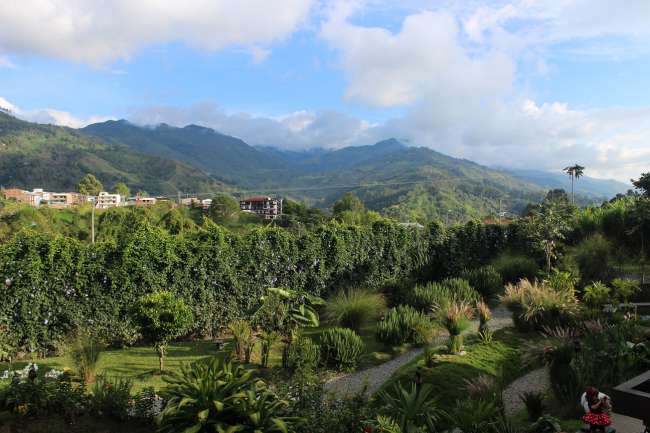
Reisrapporten Kolombia

